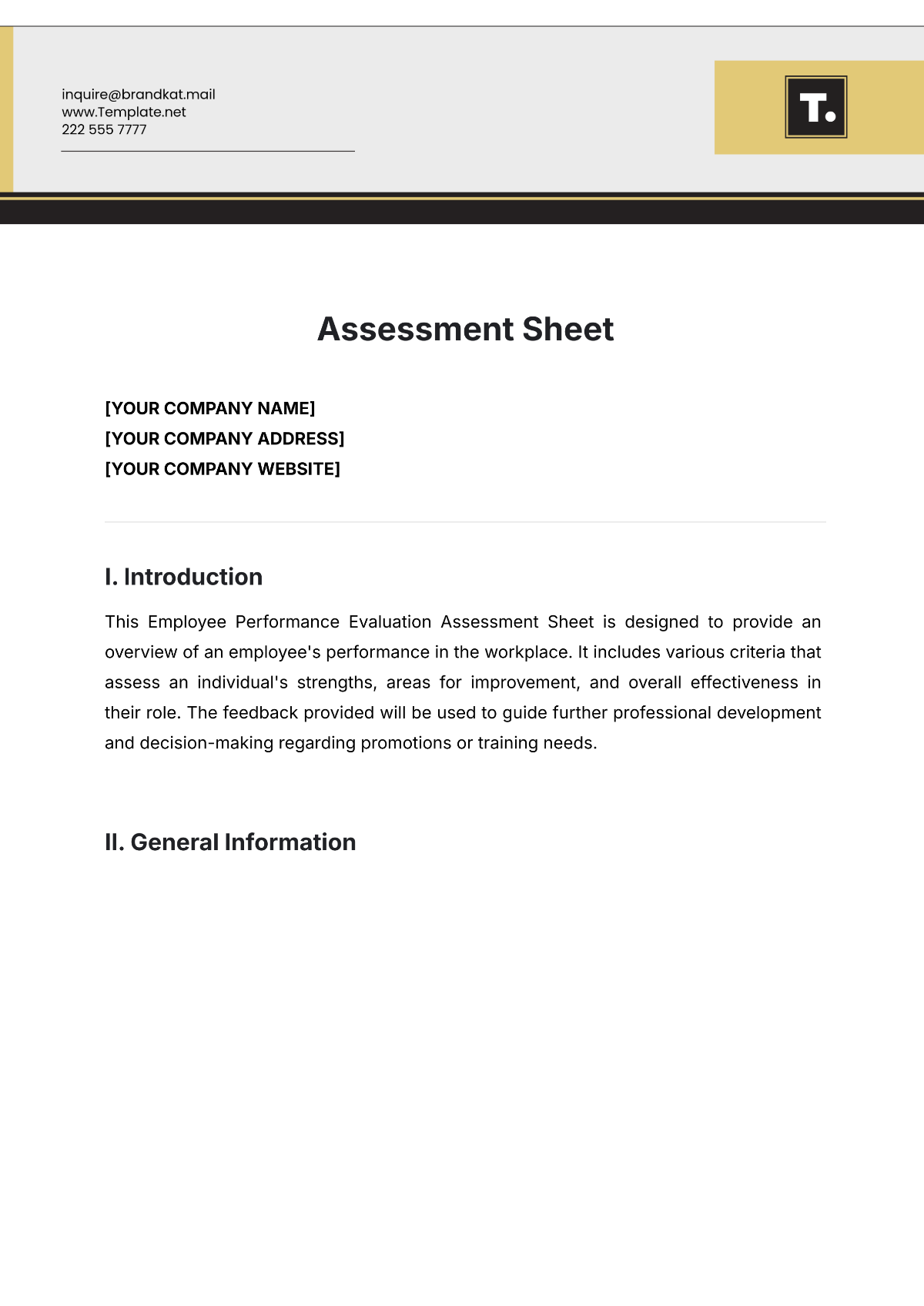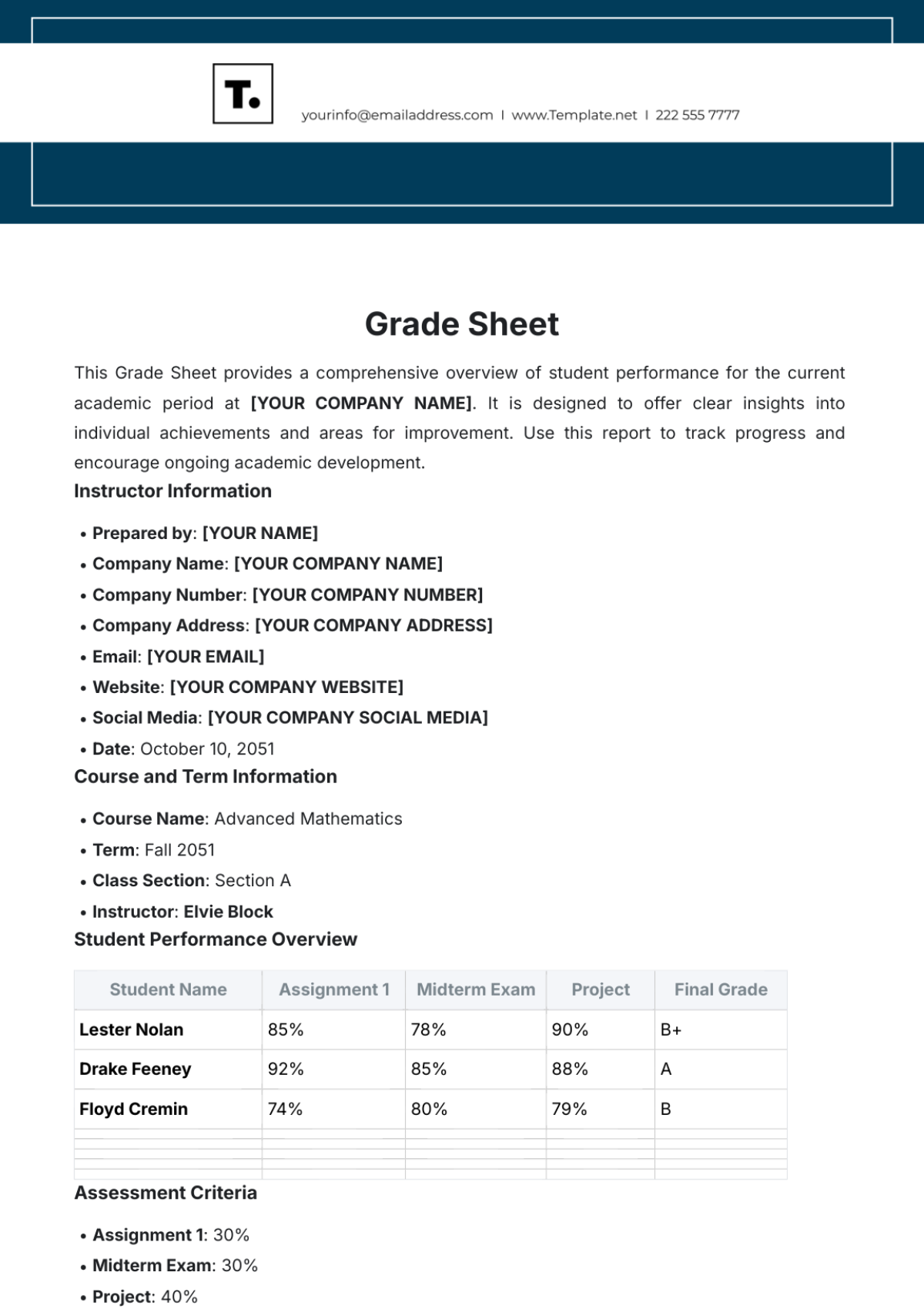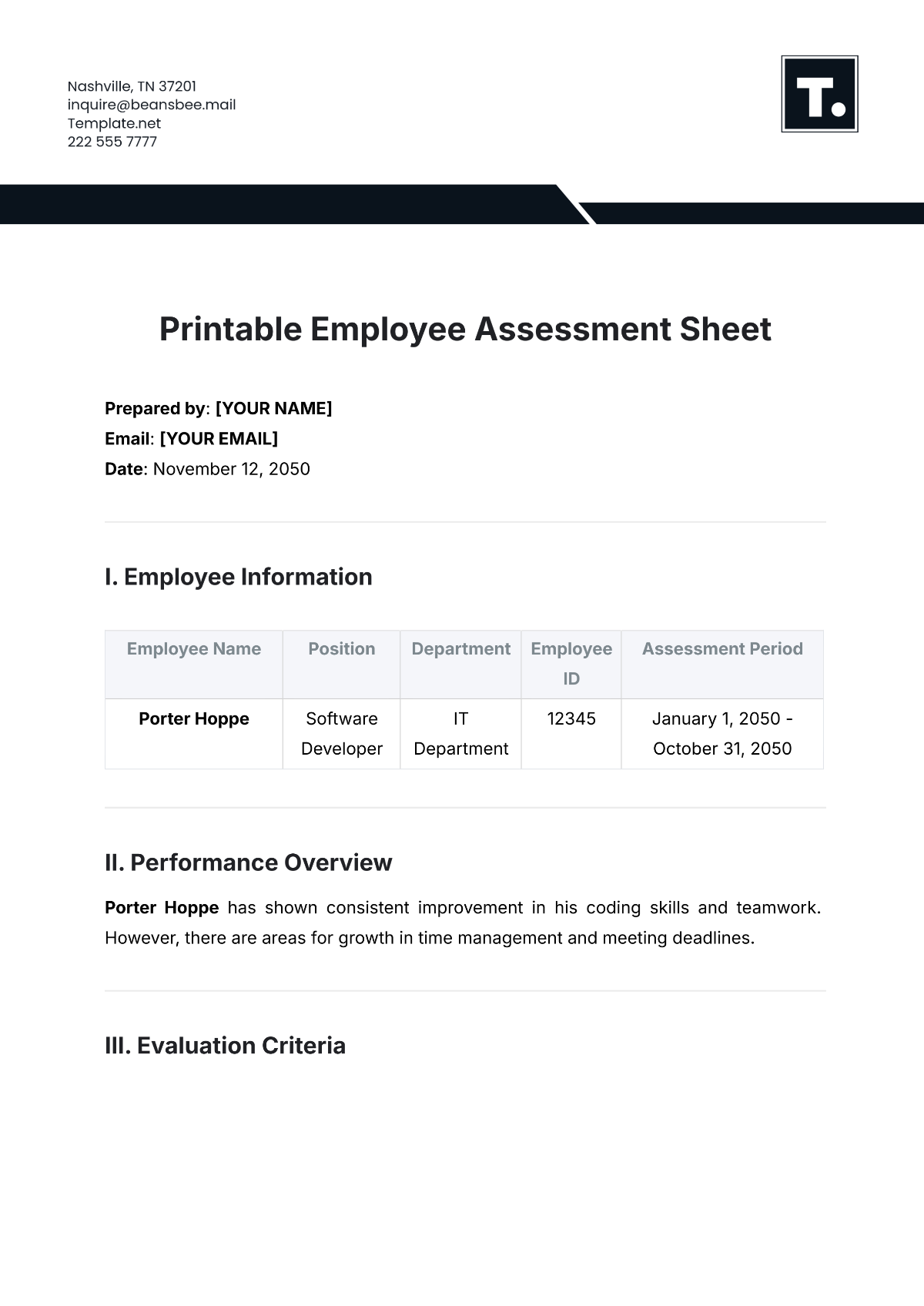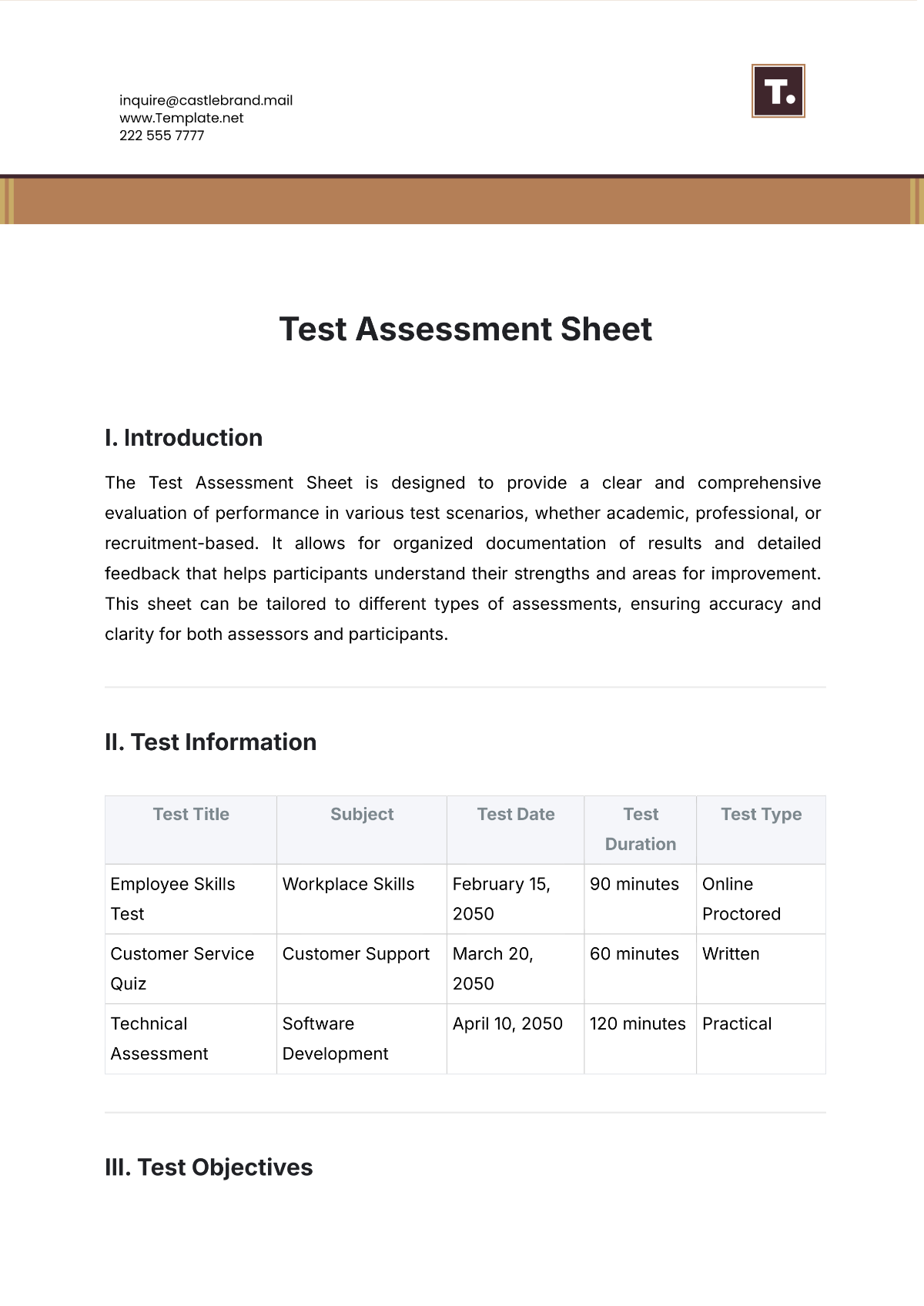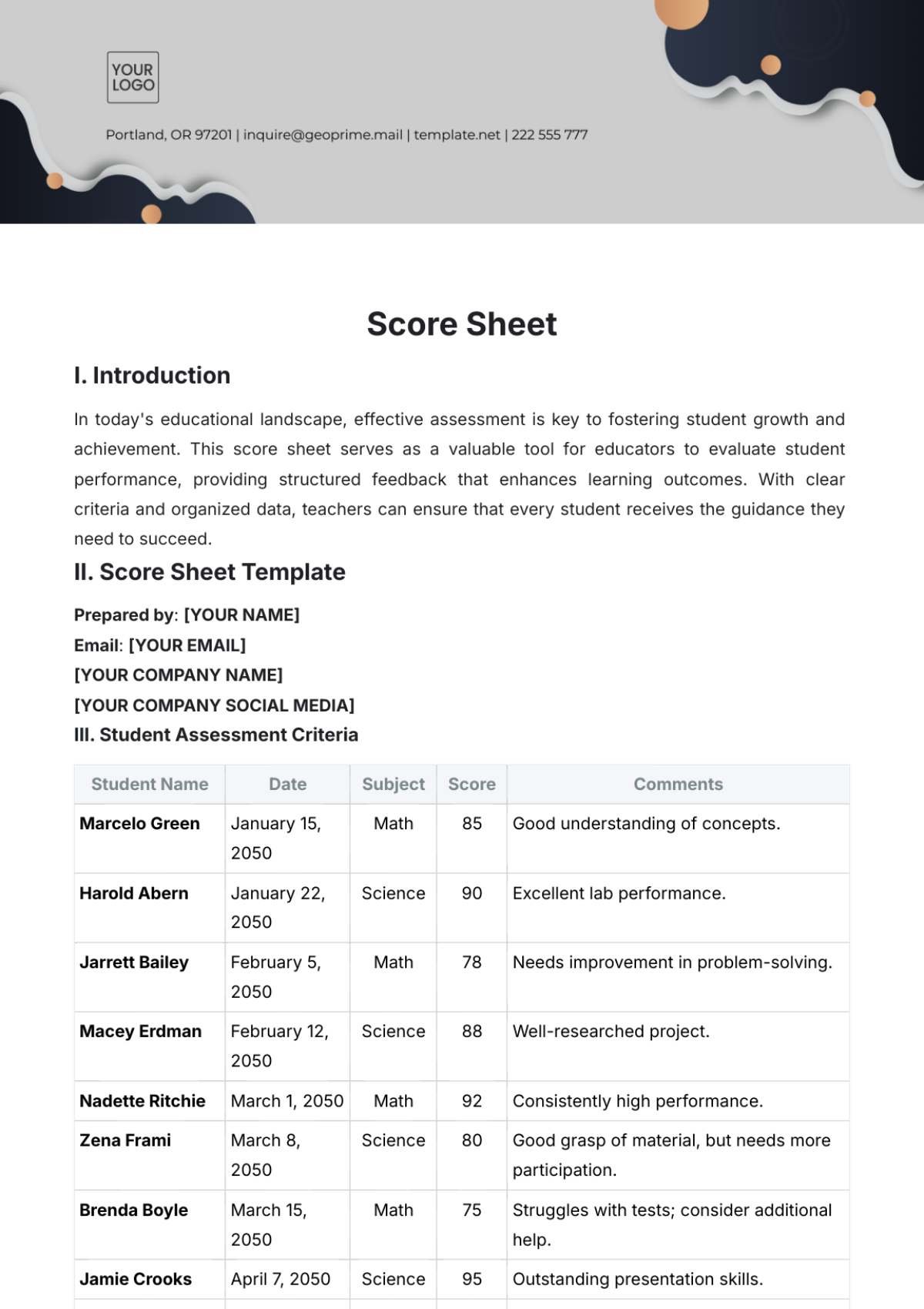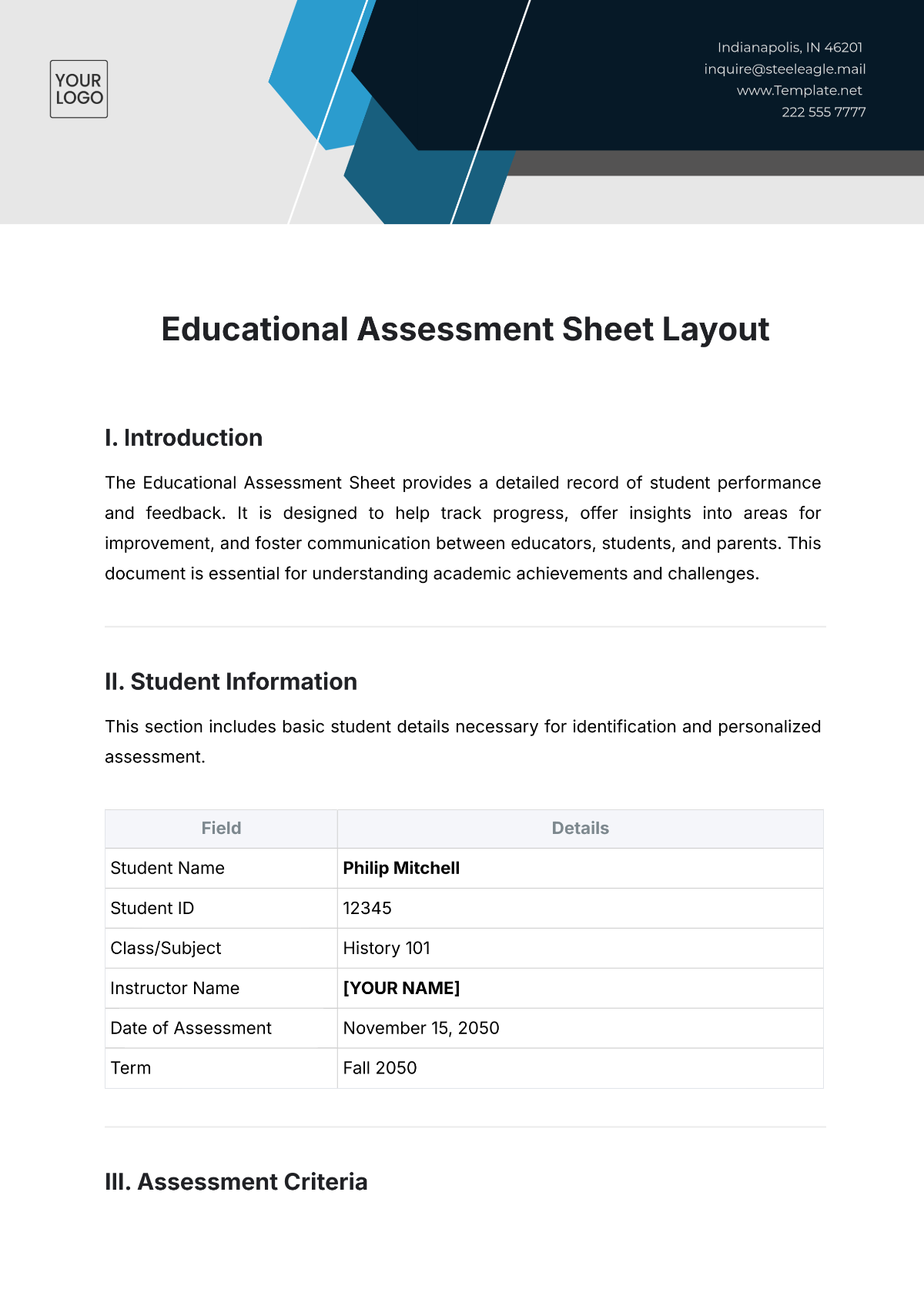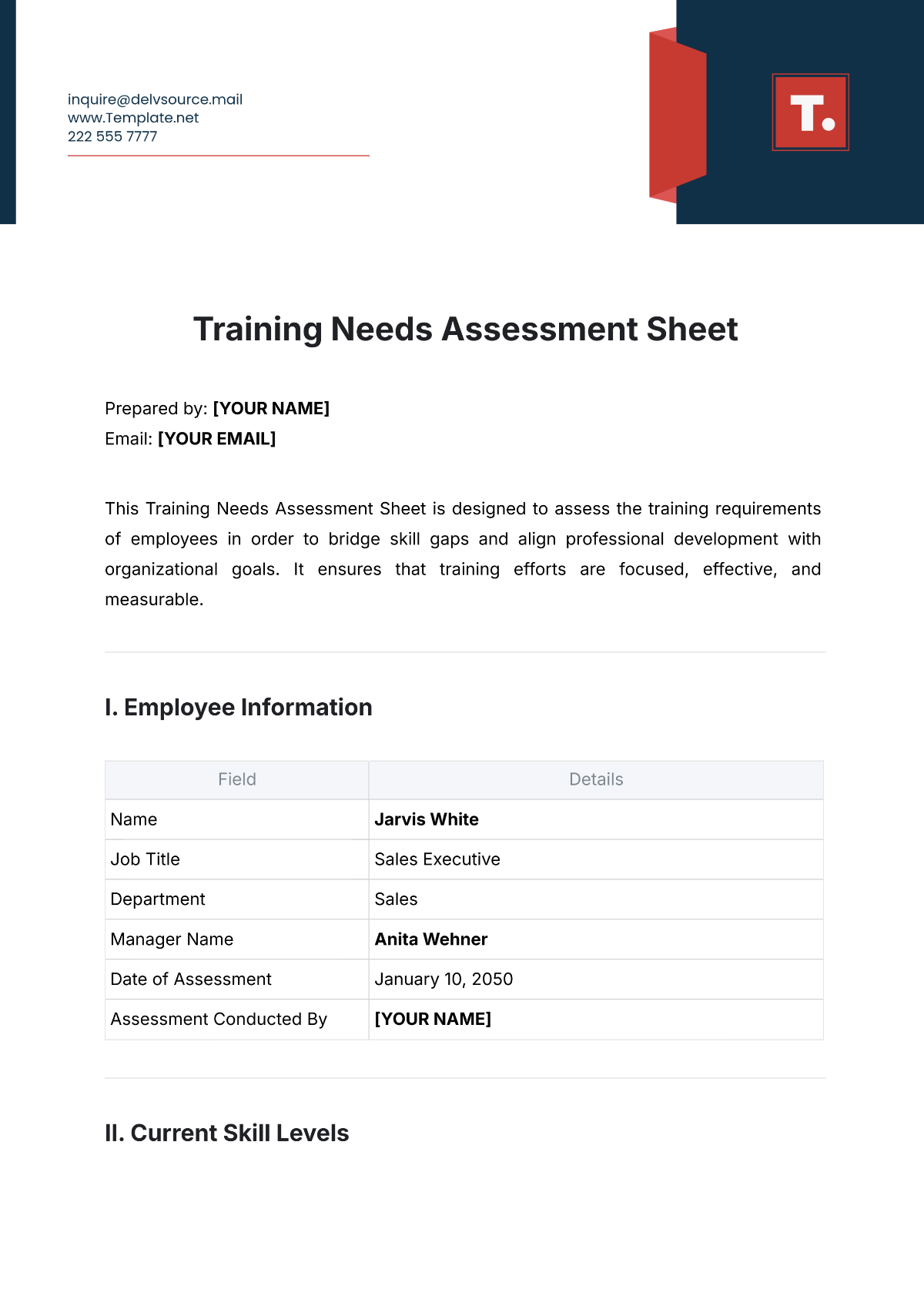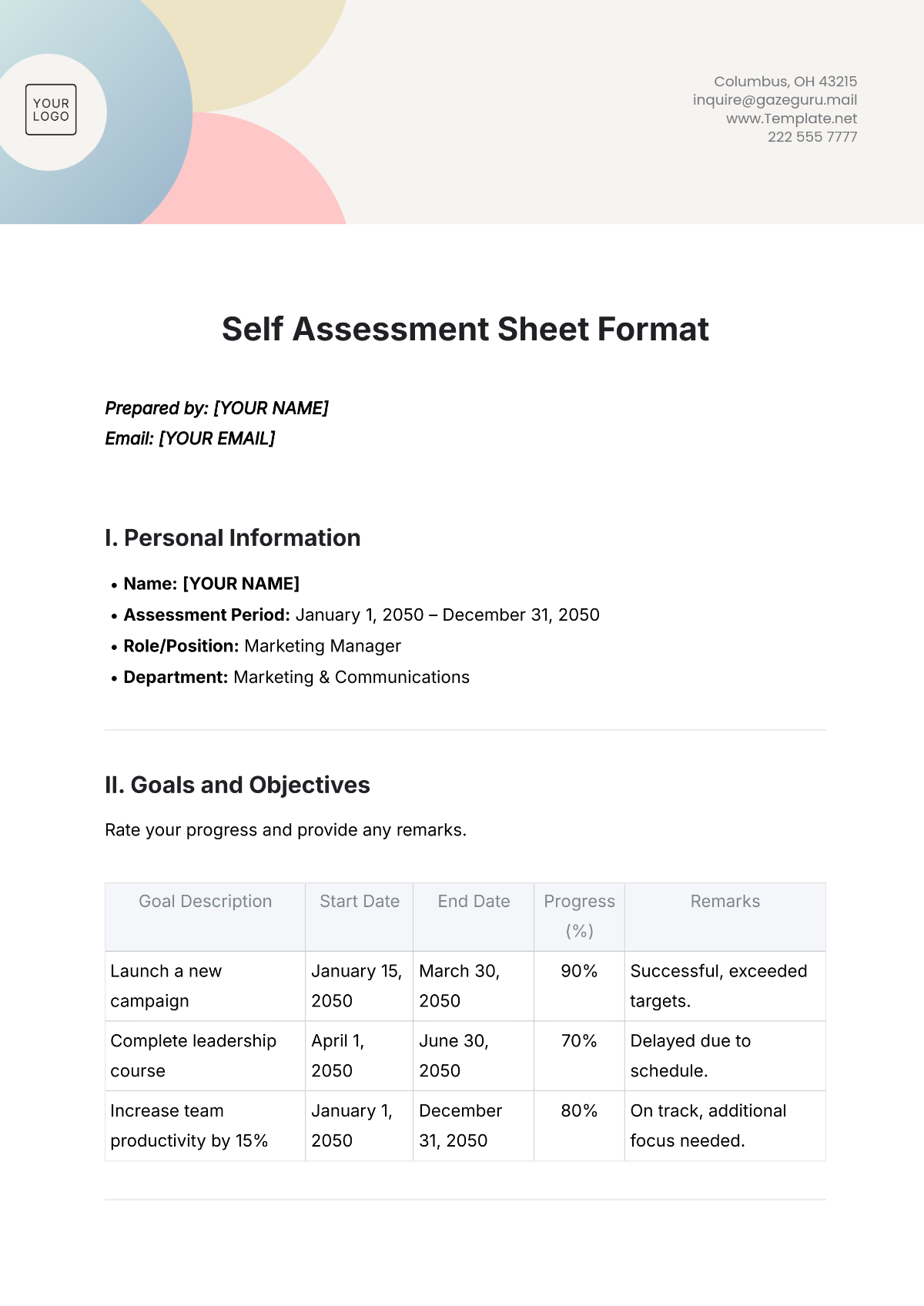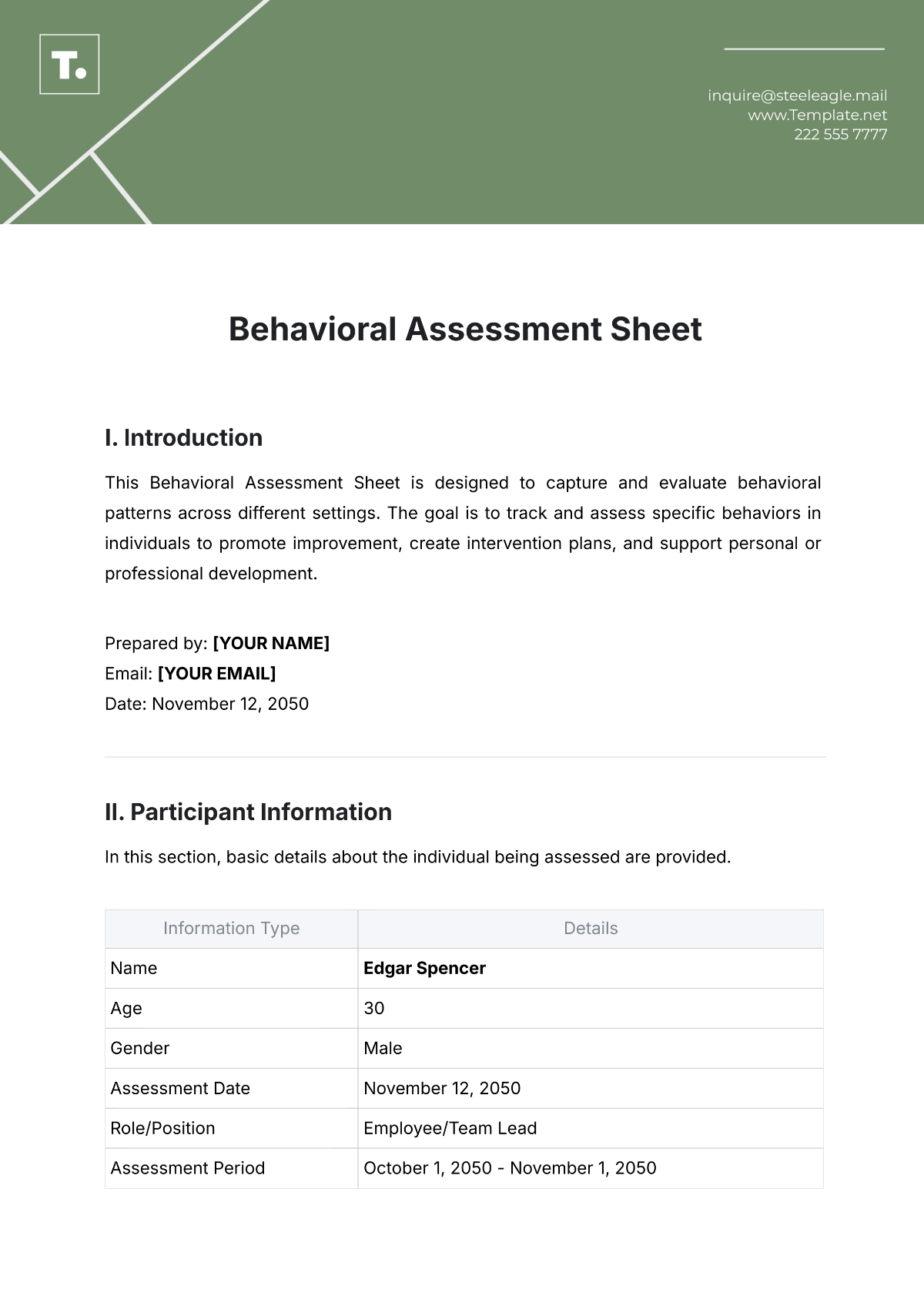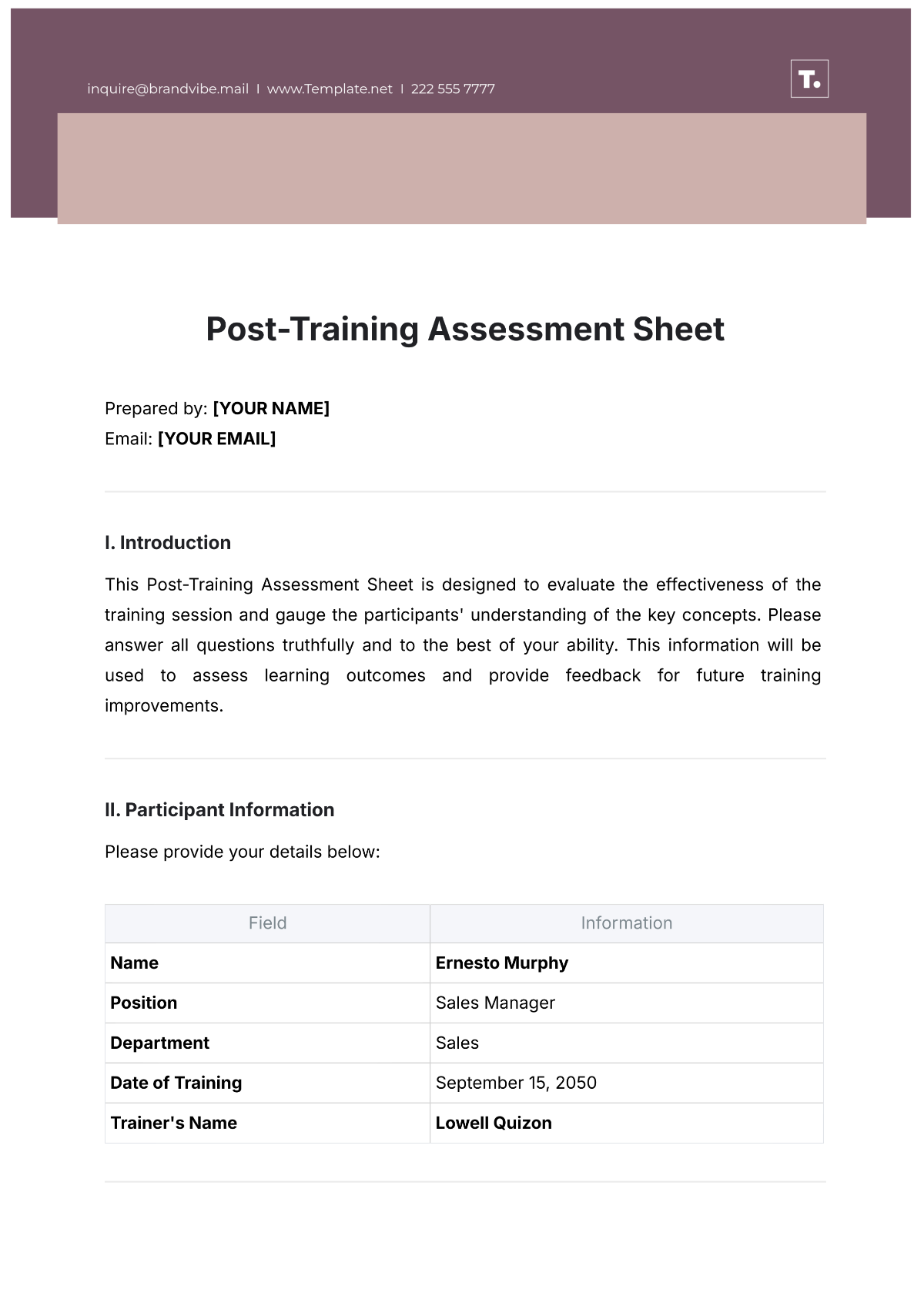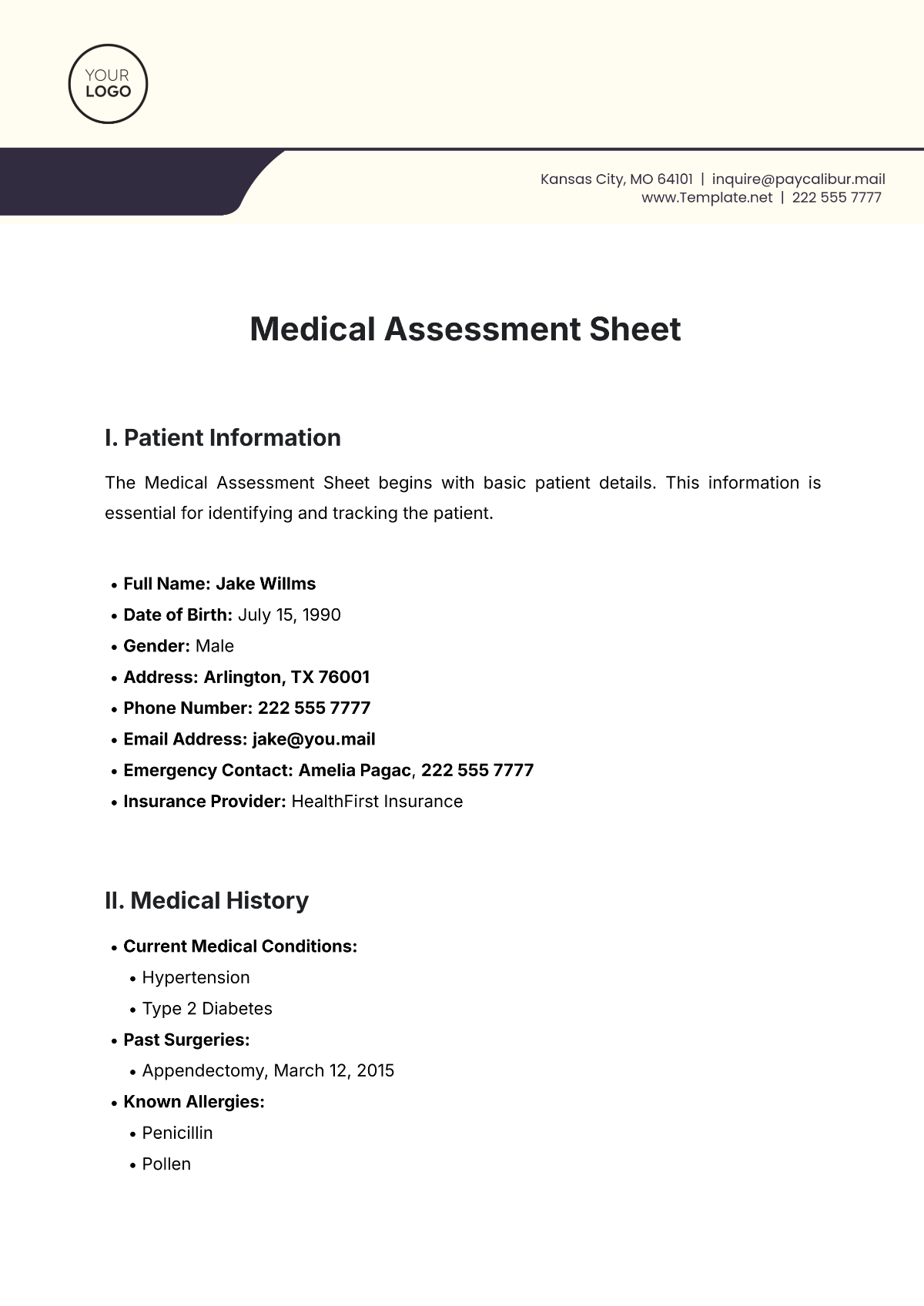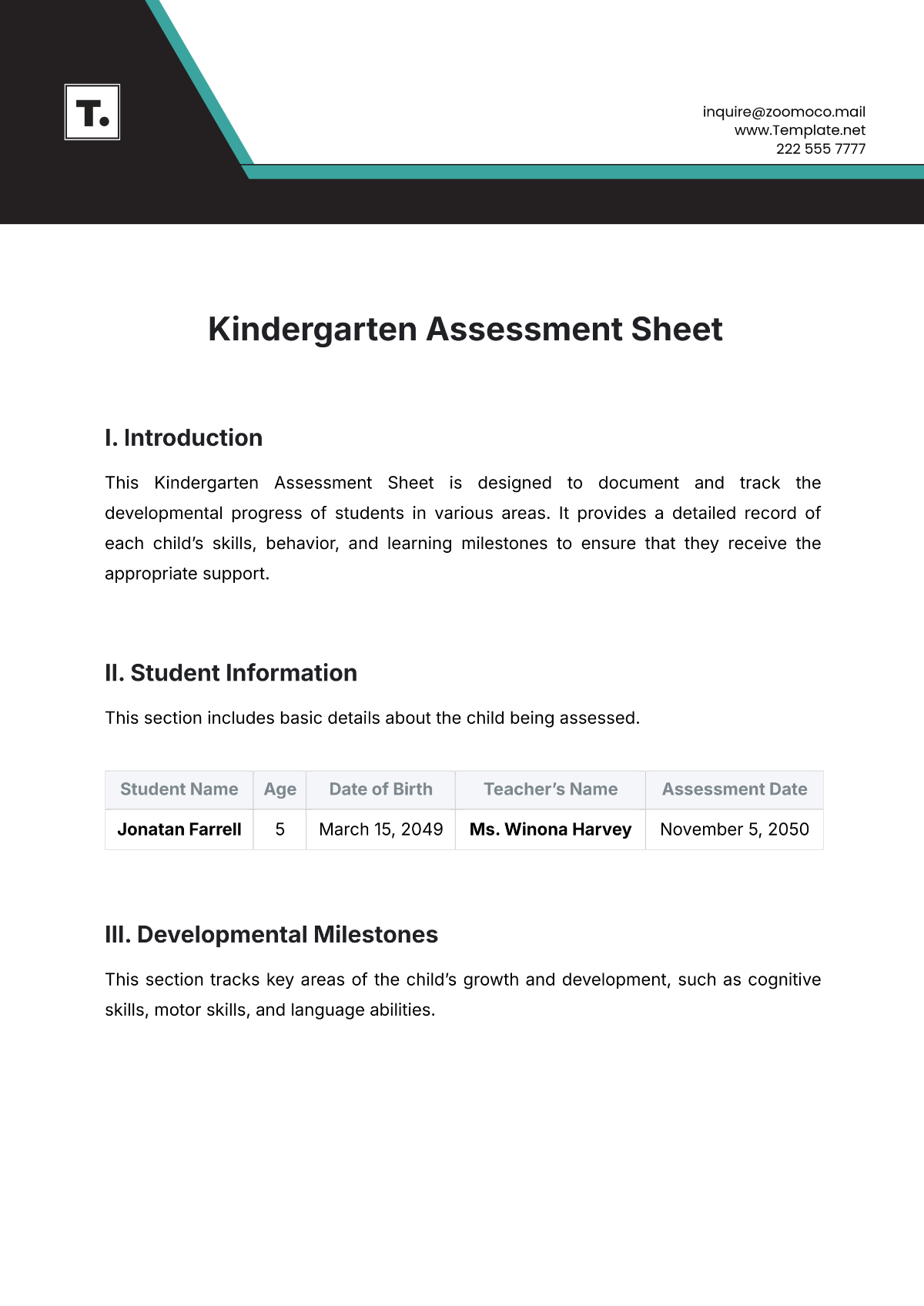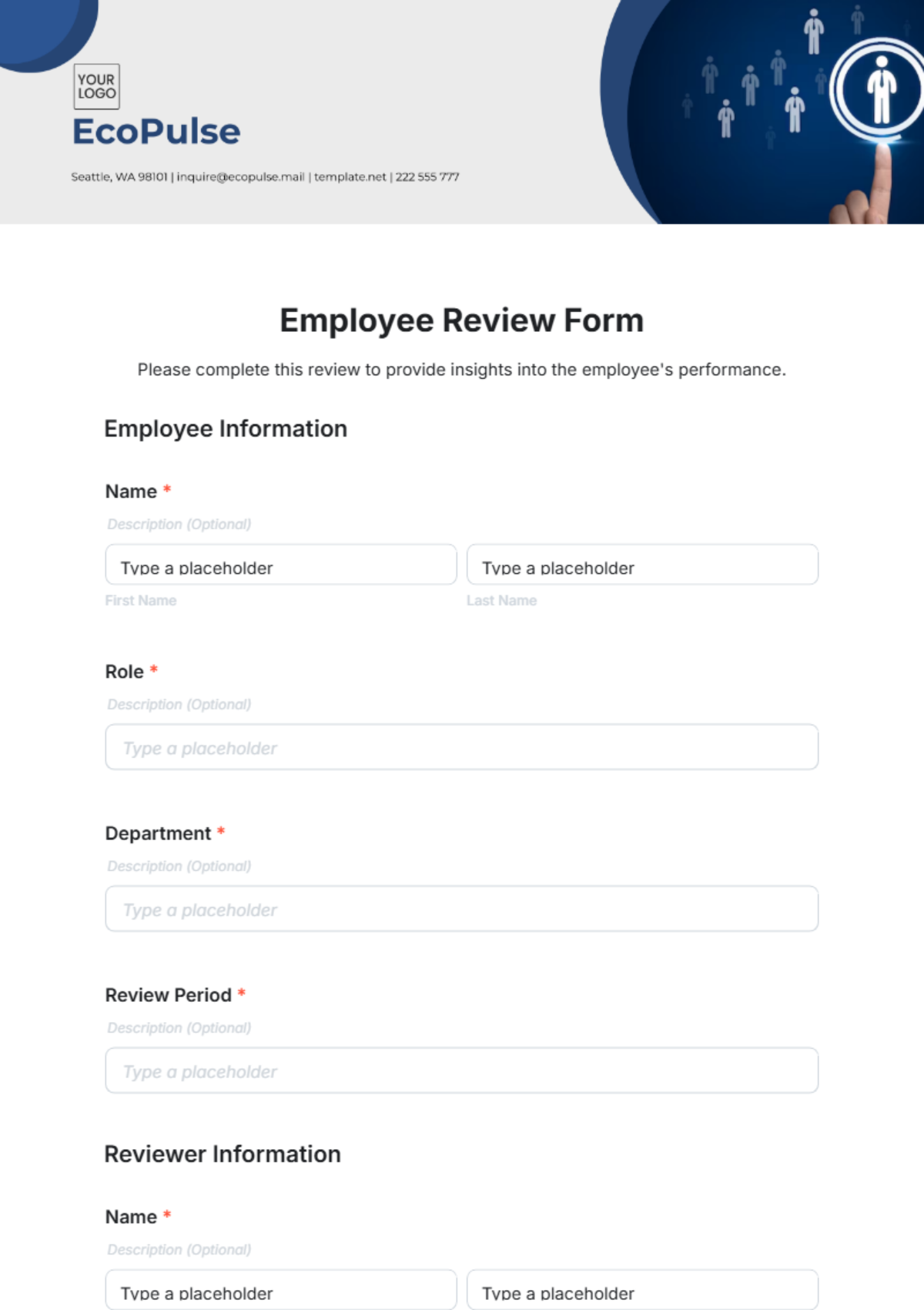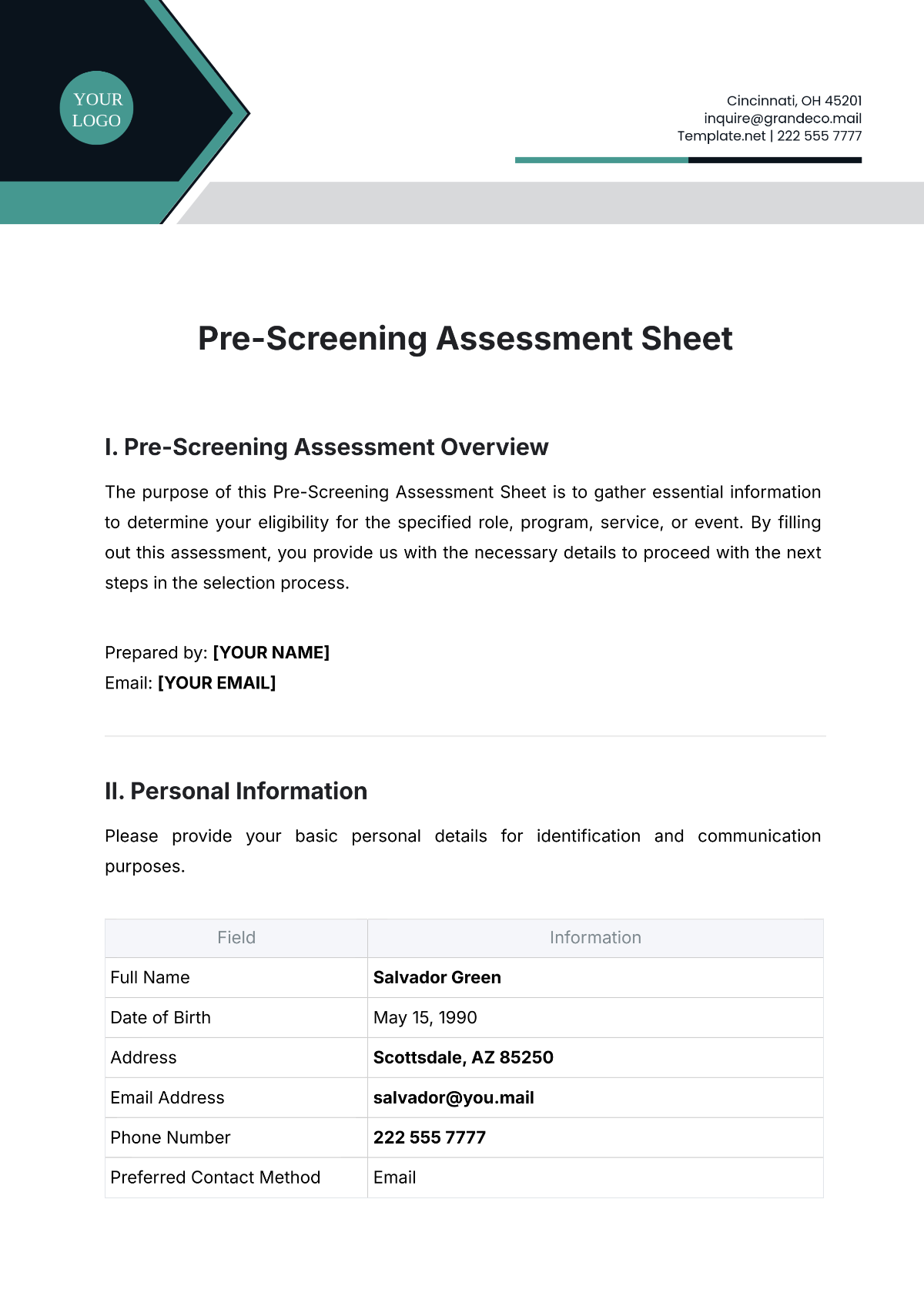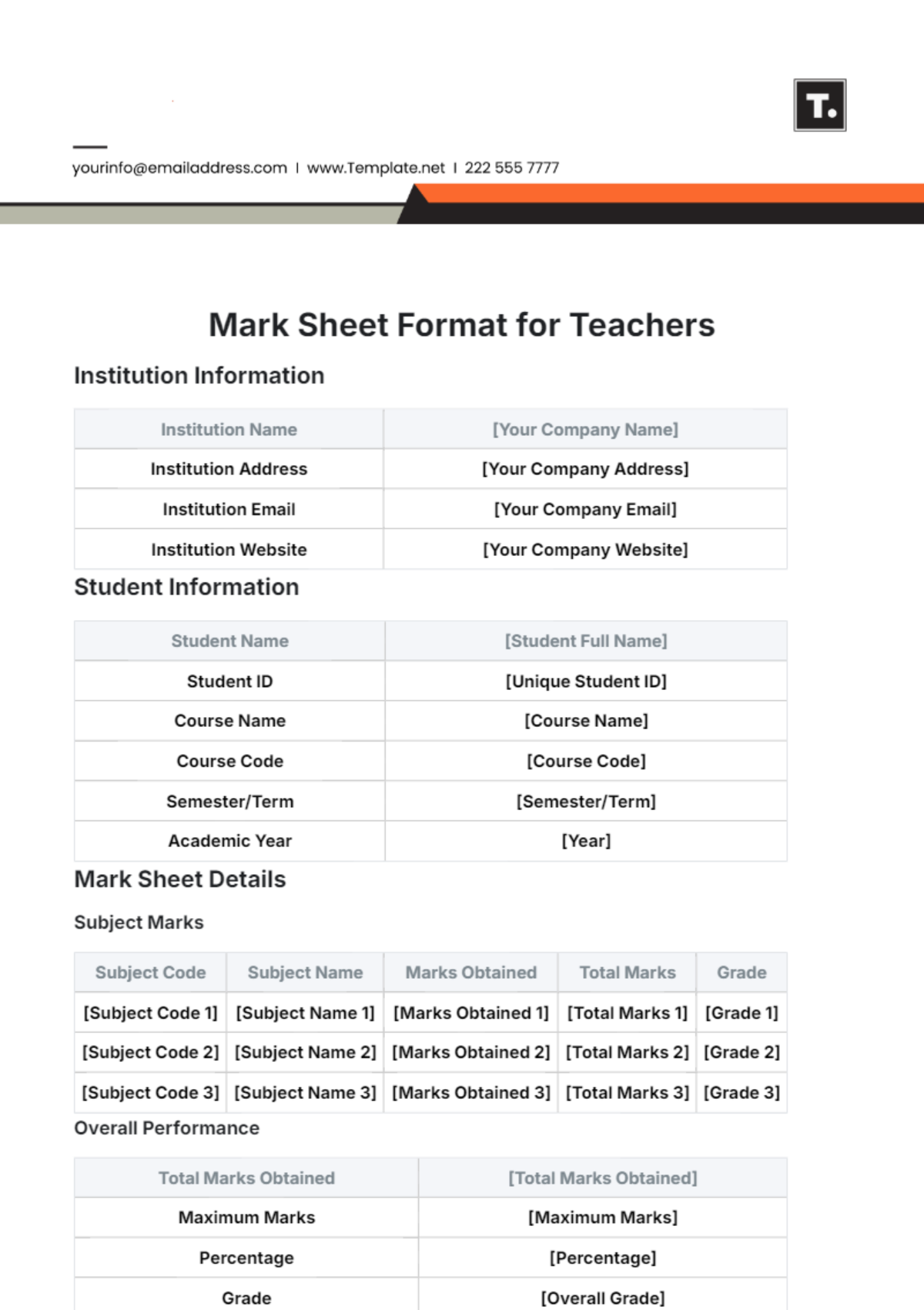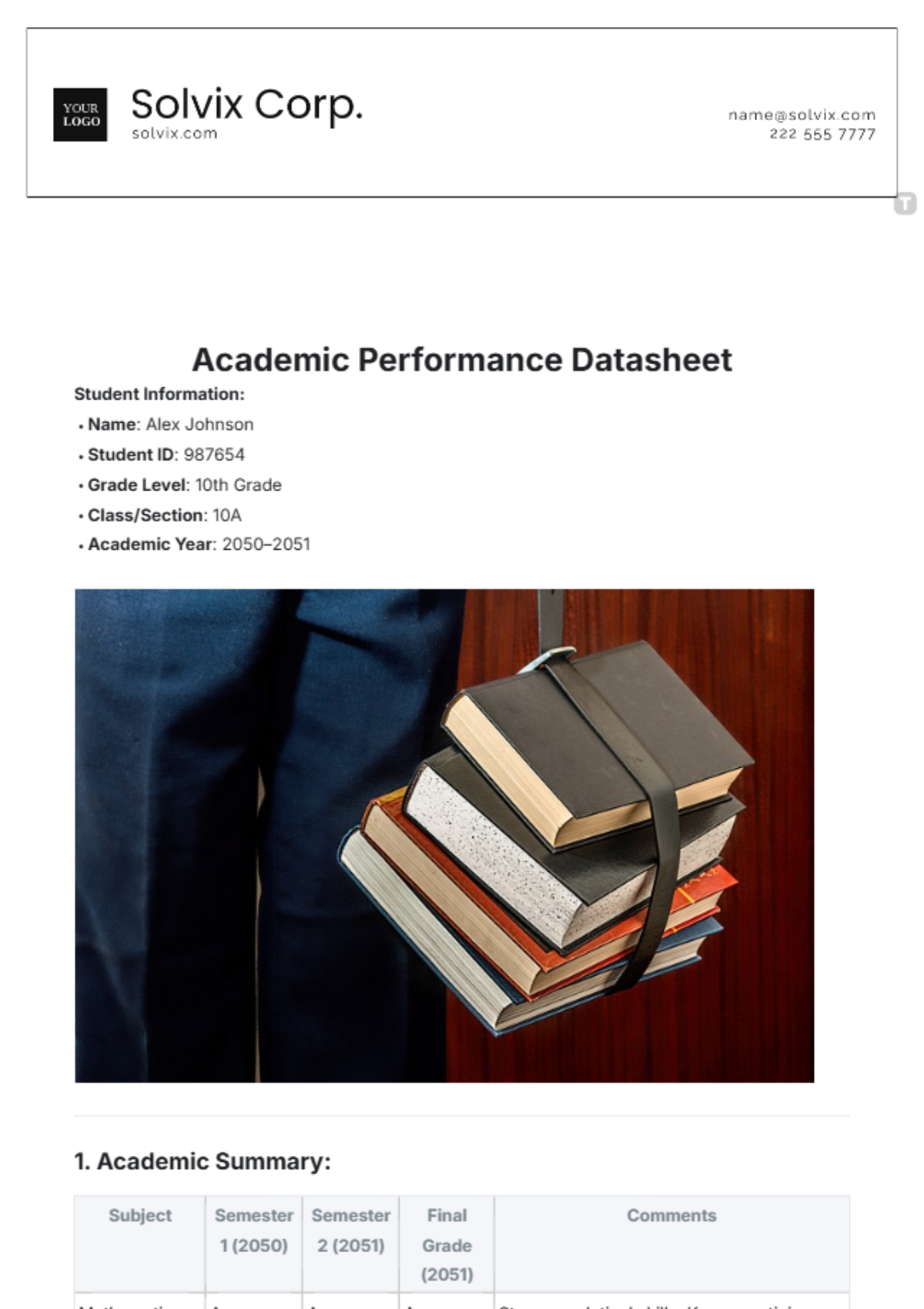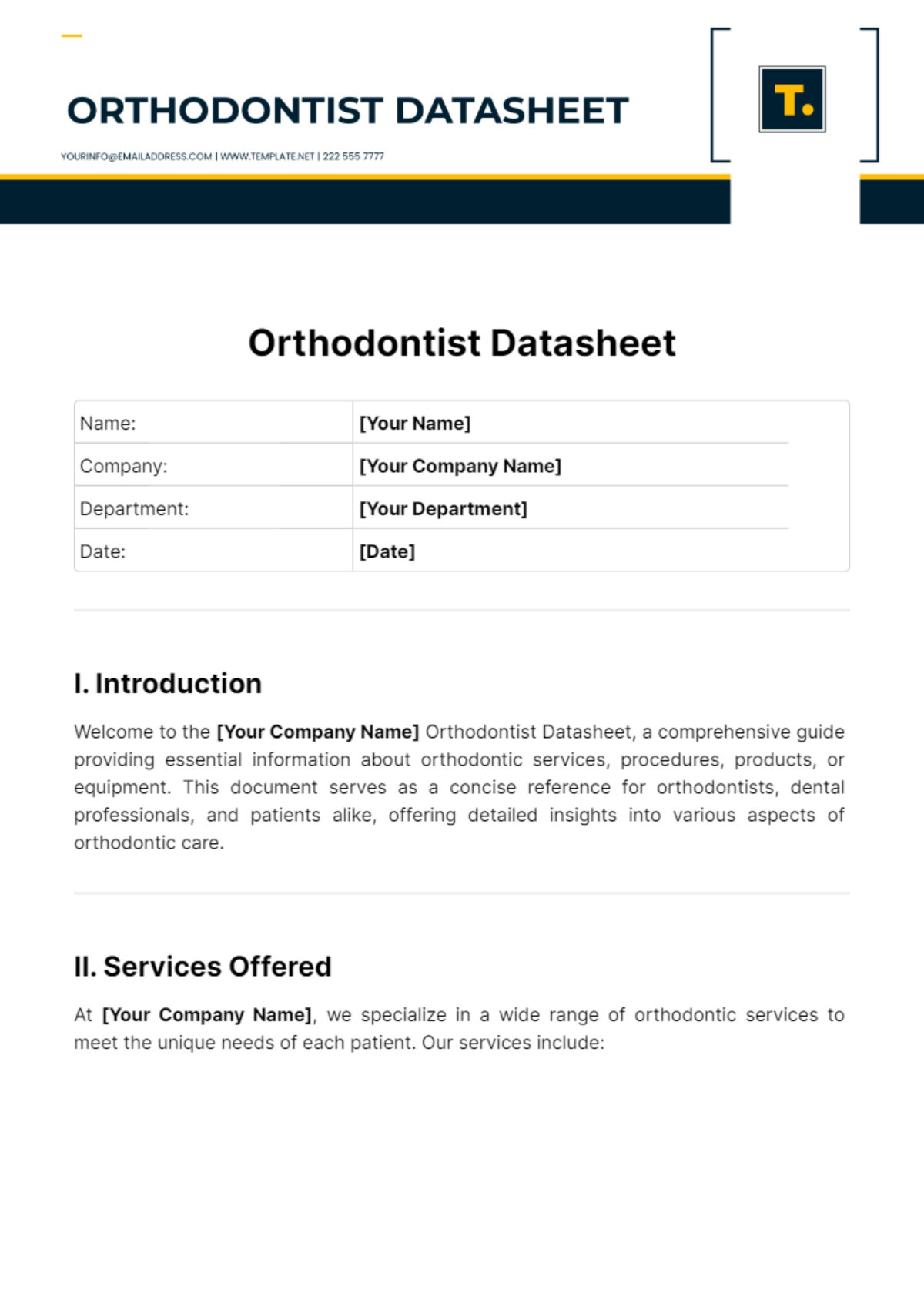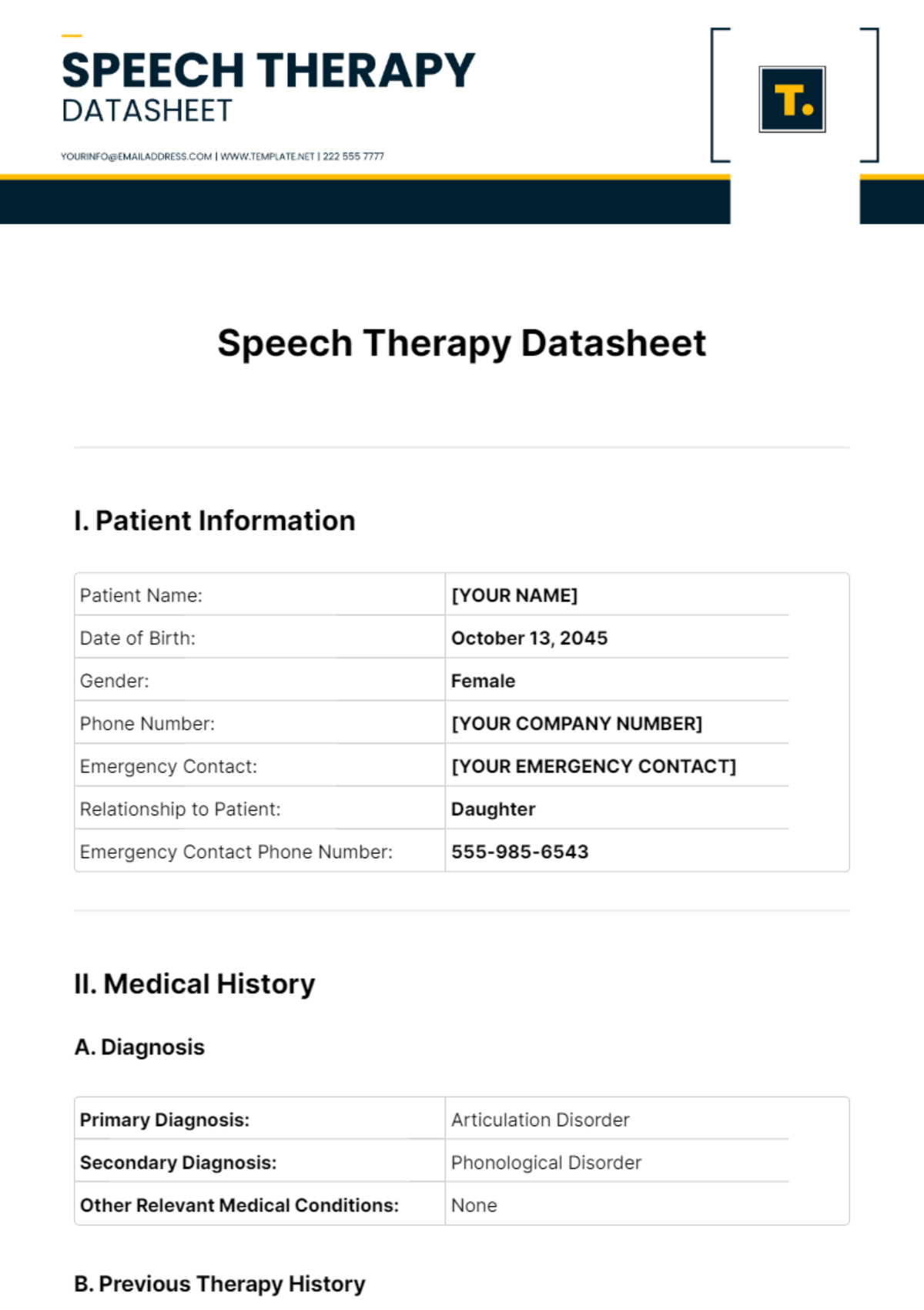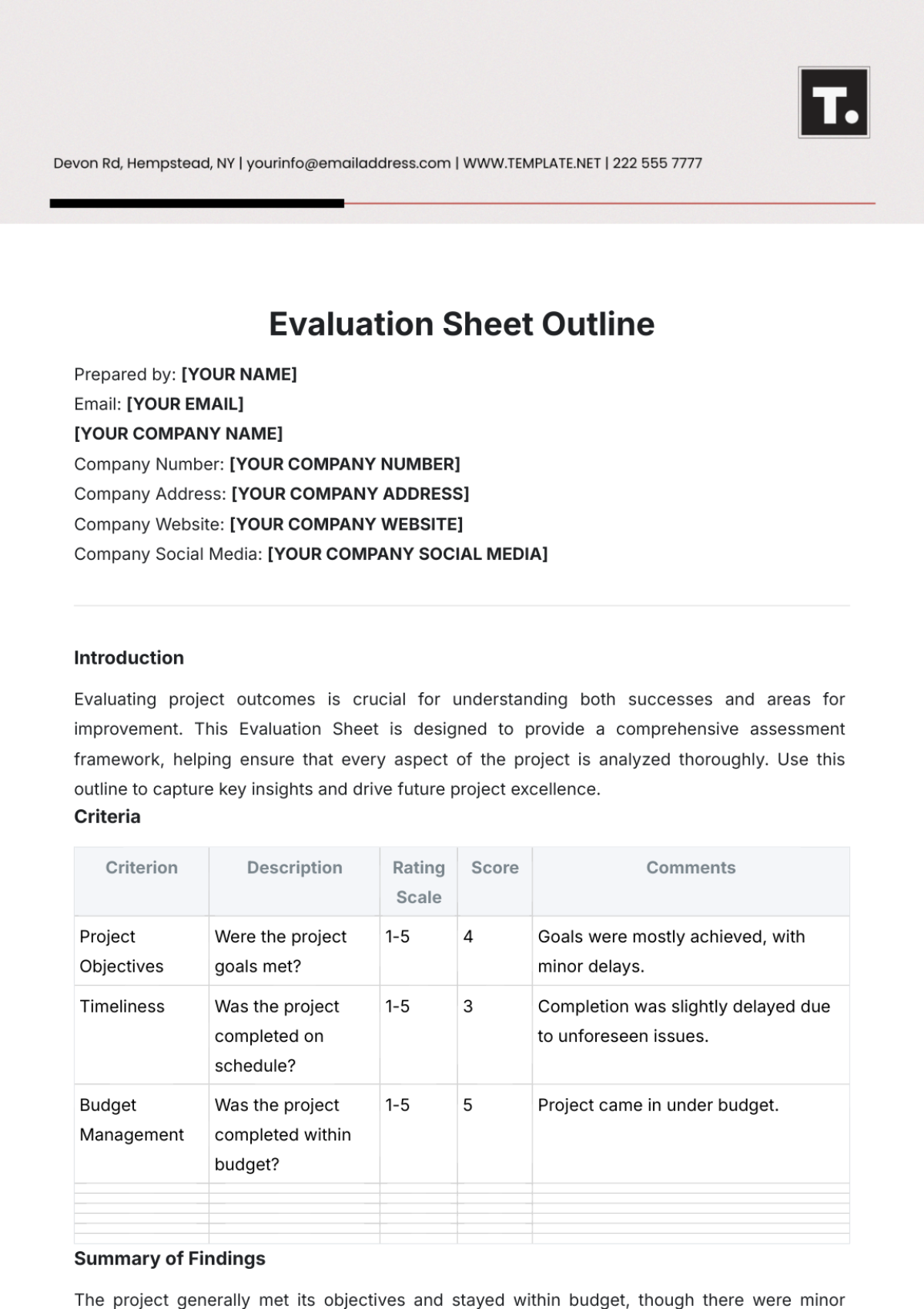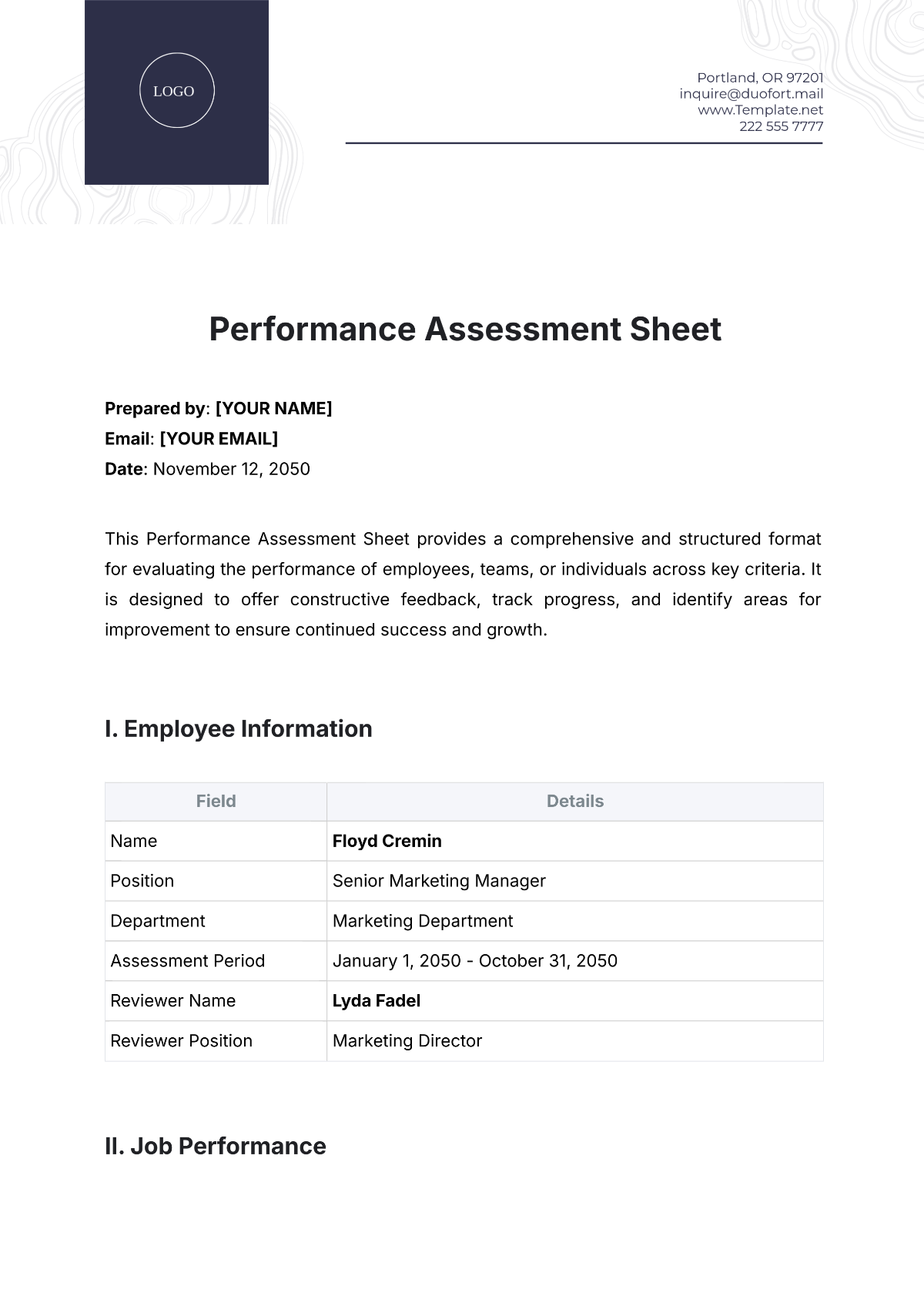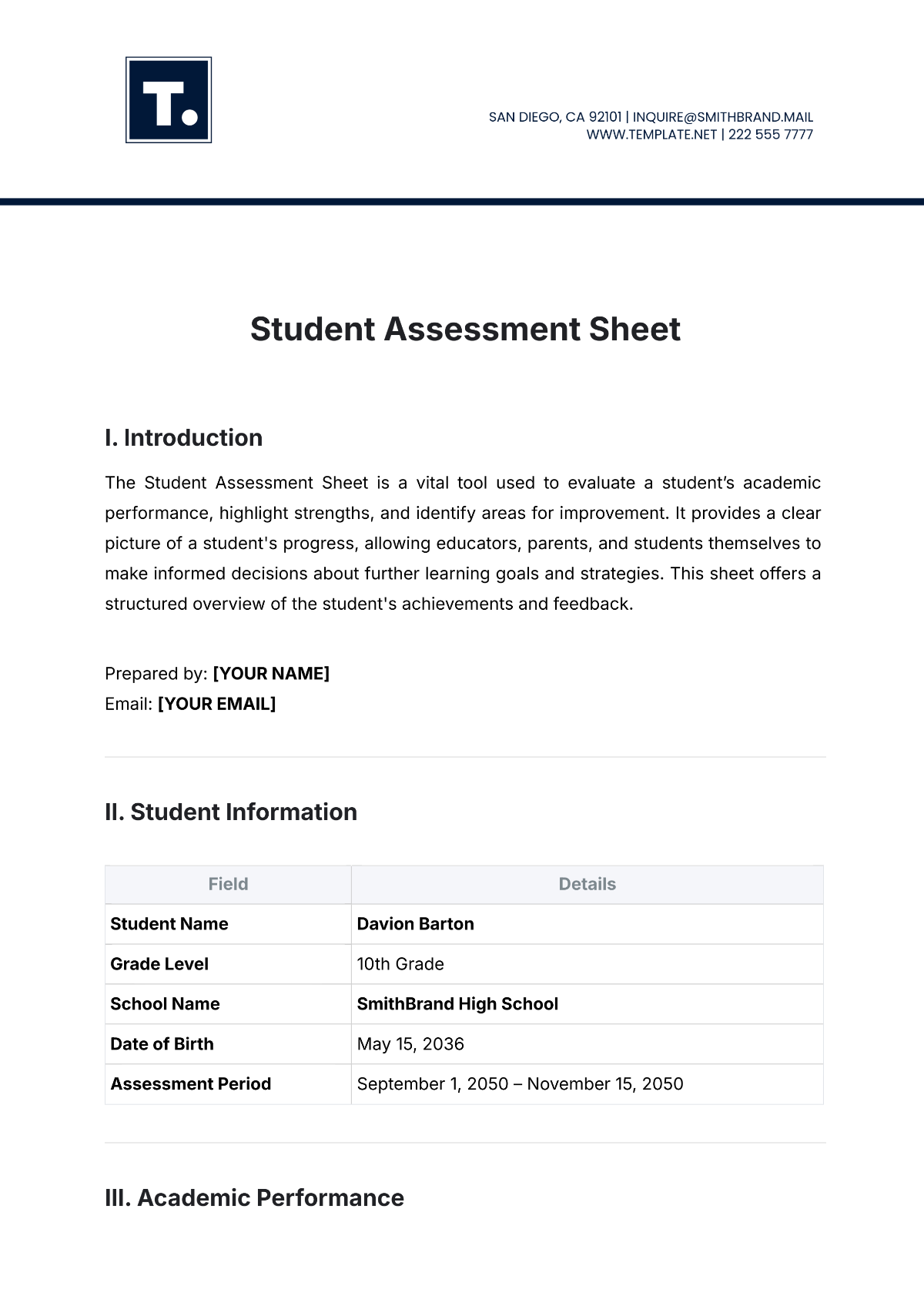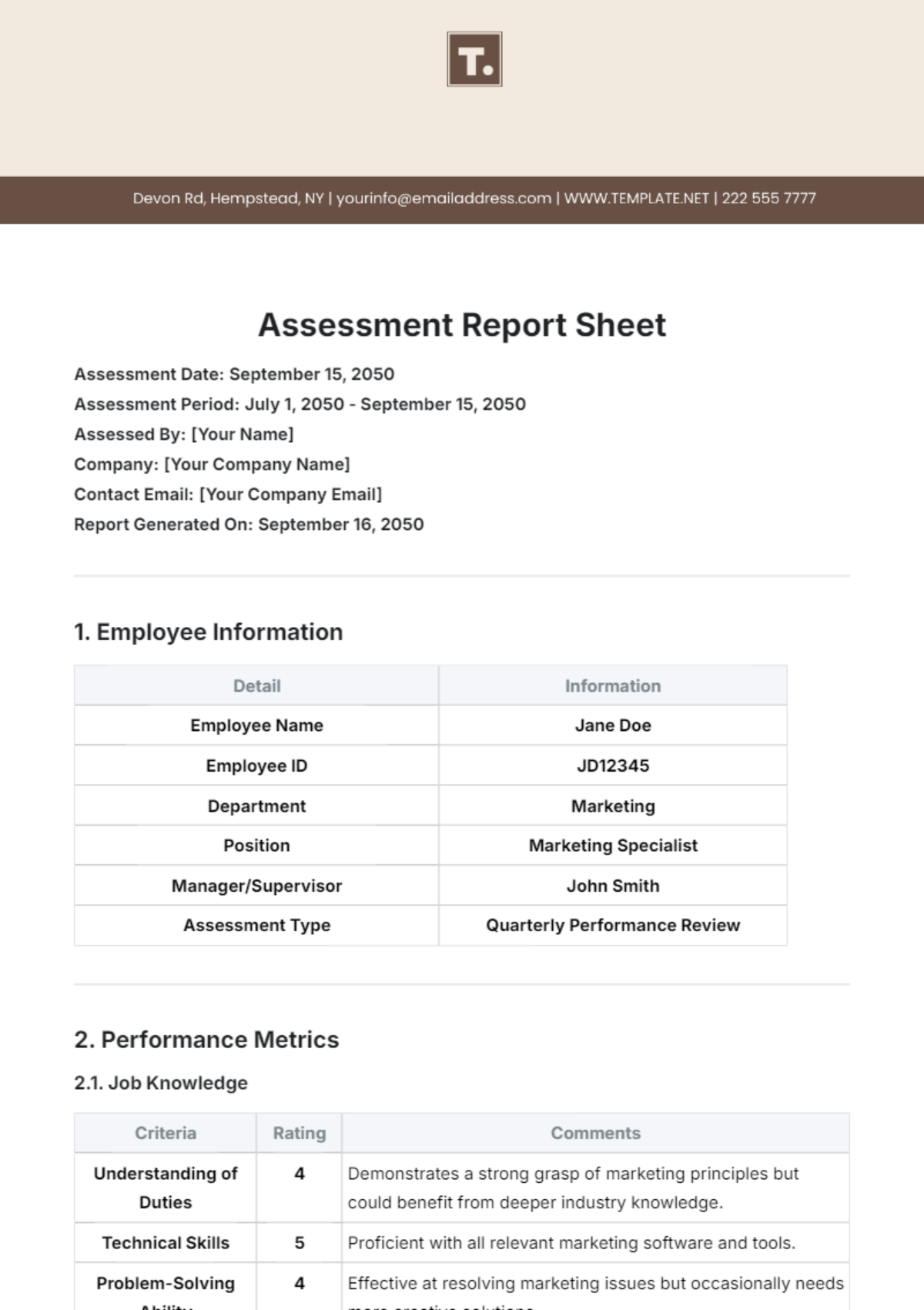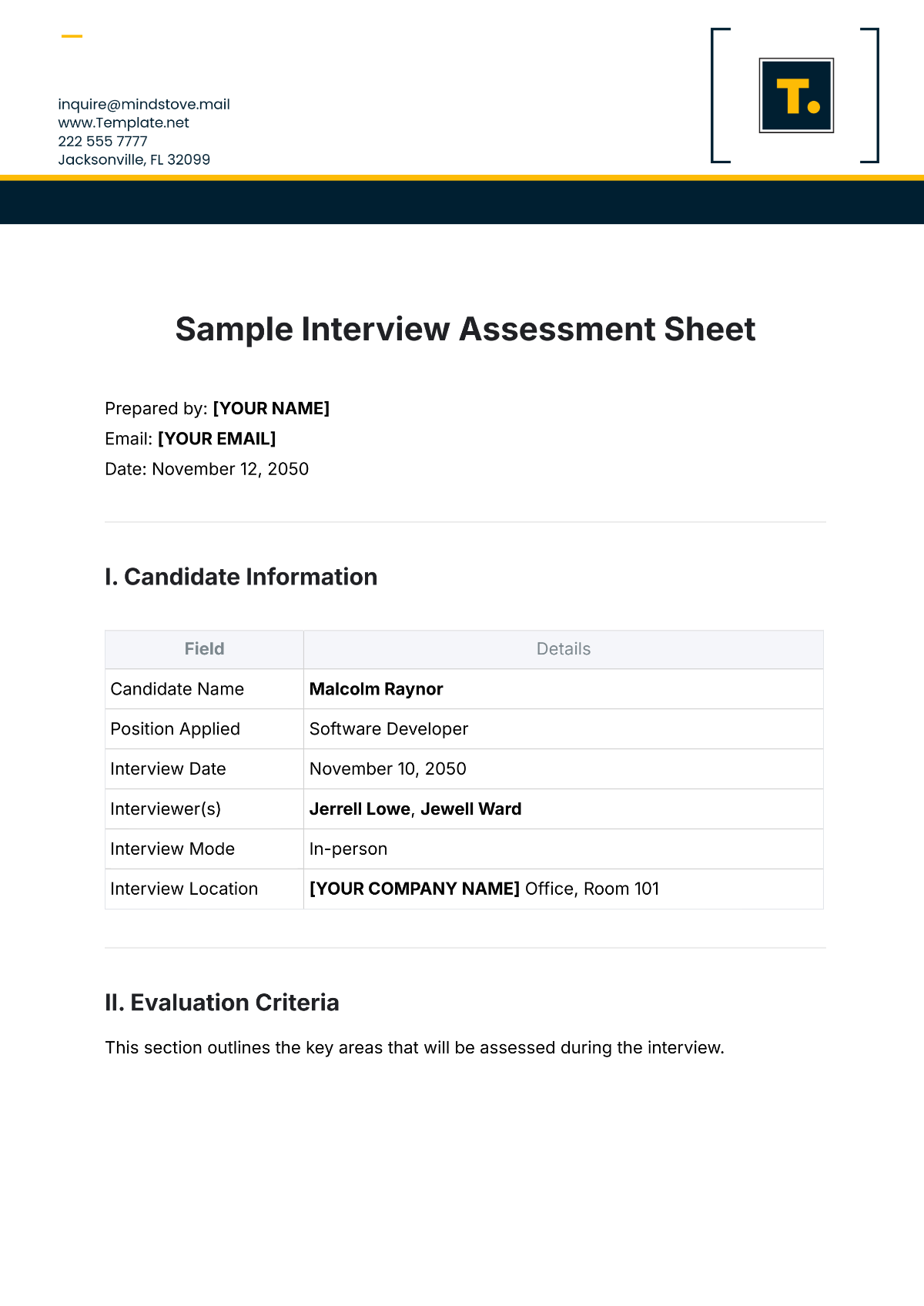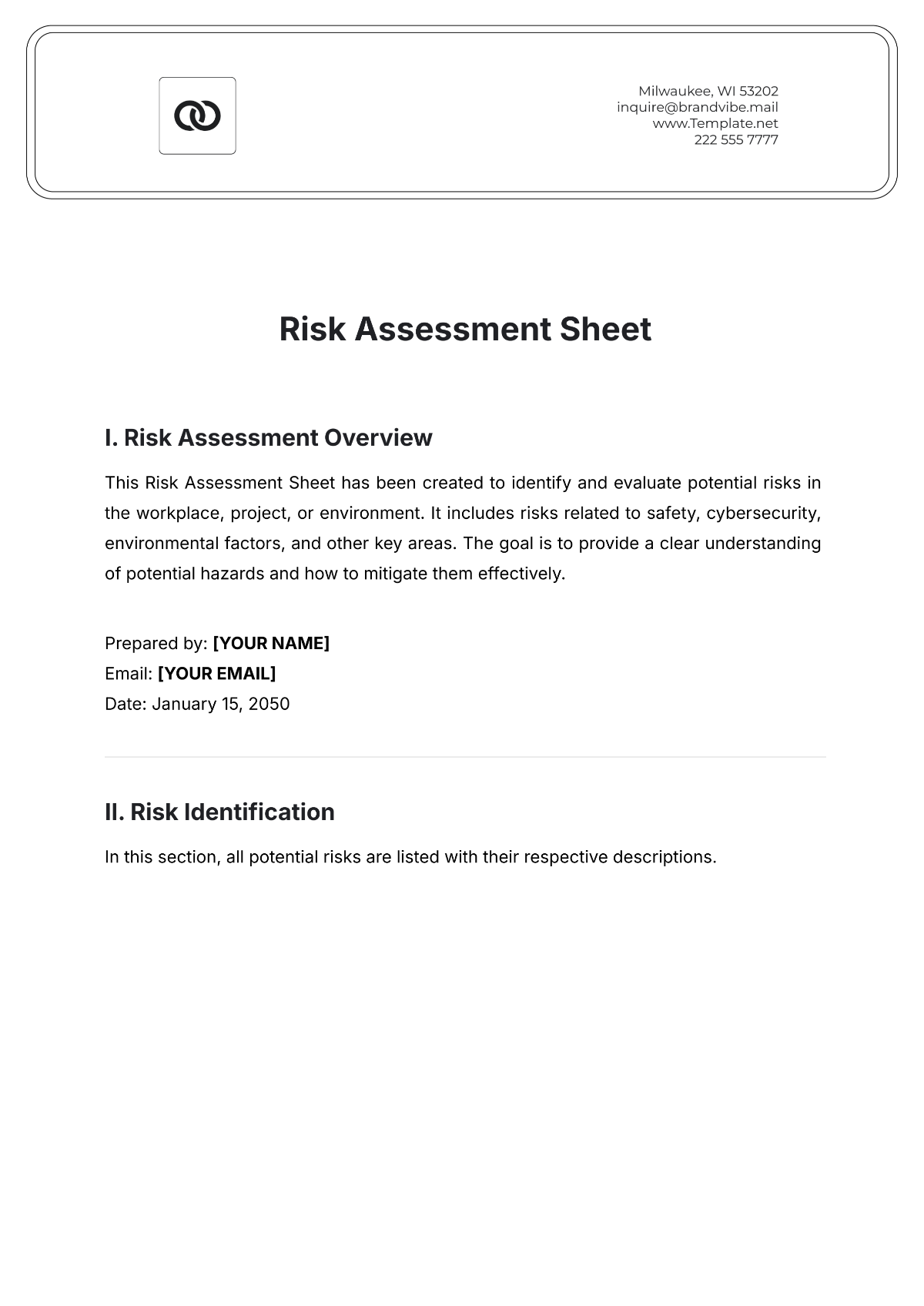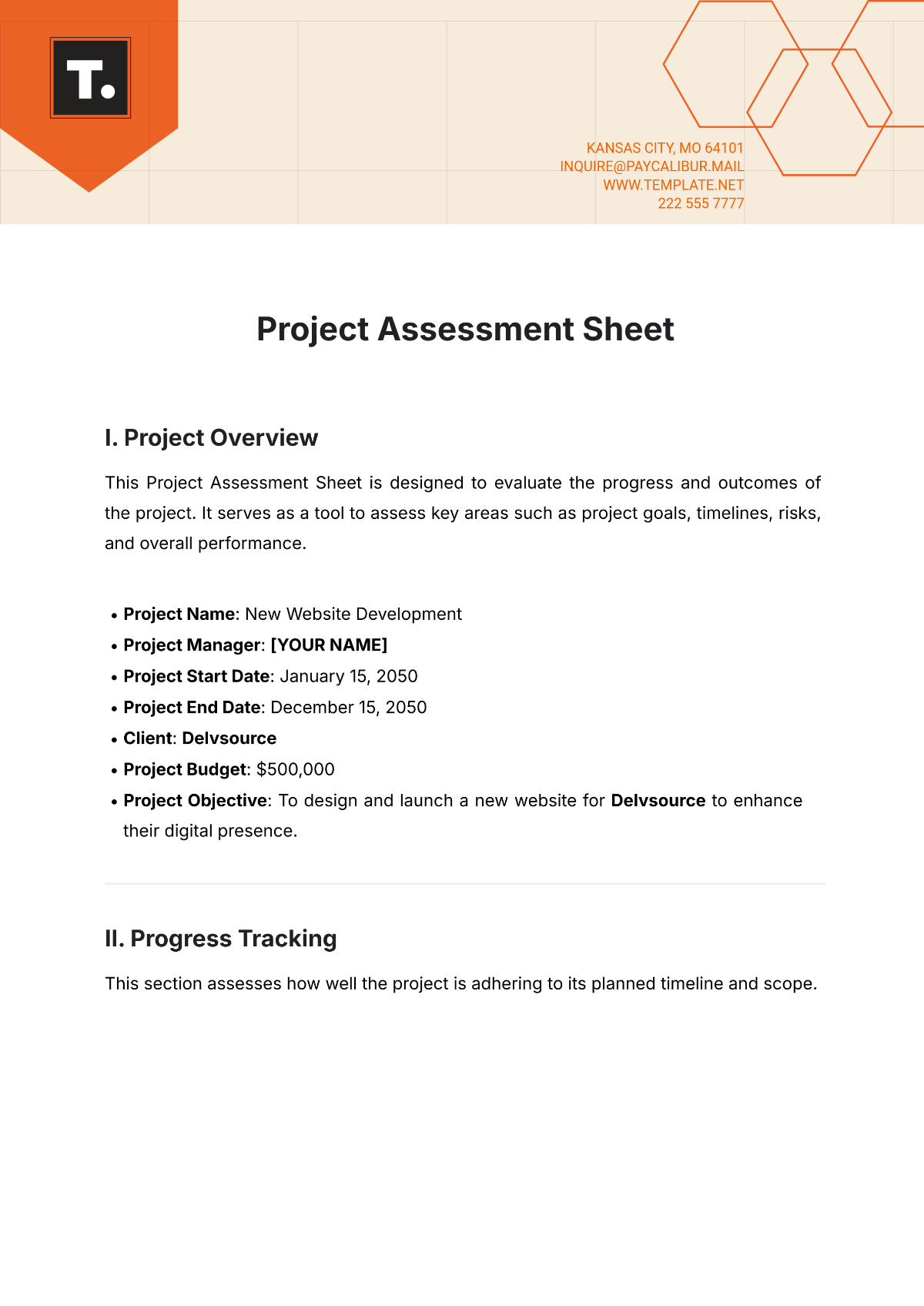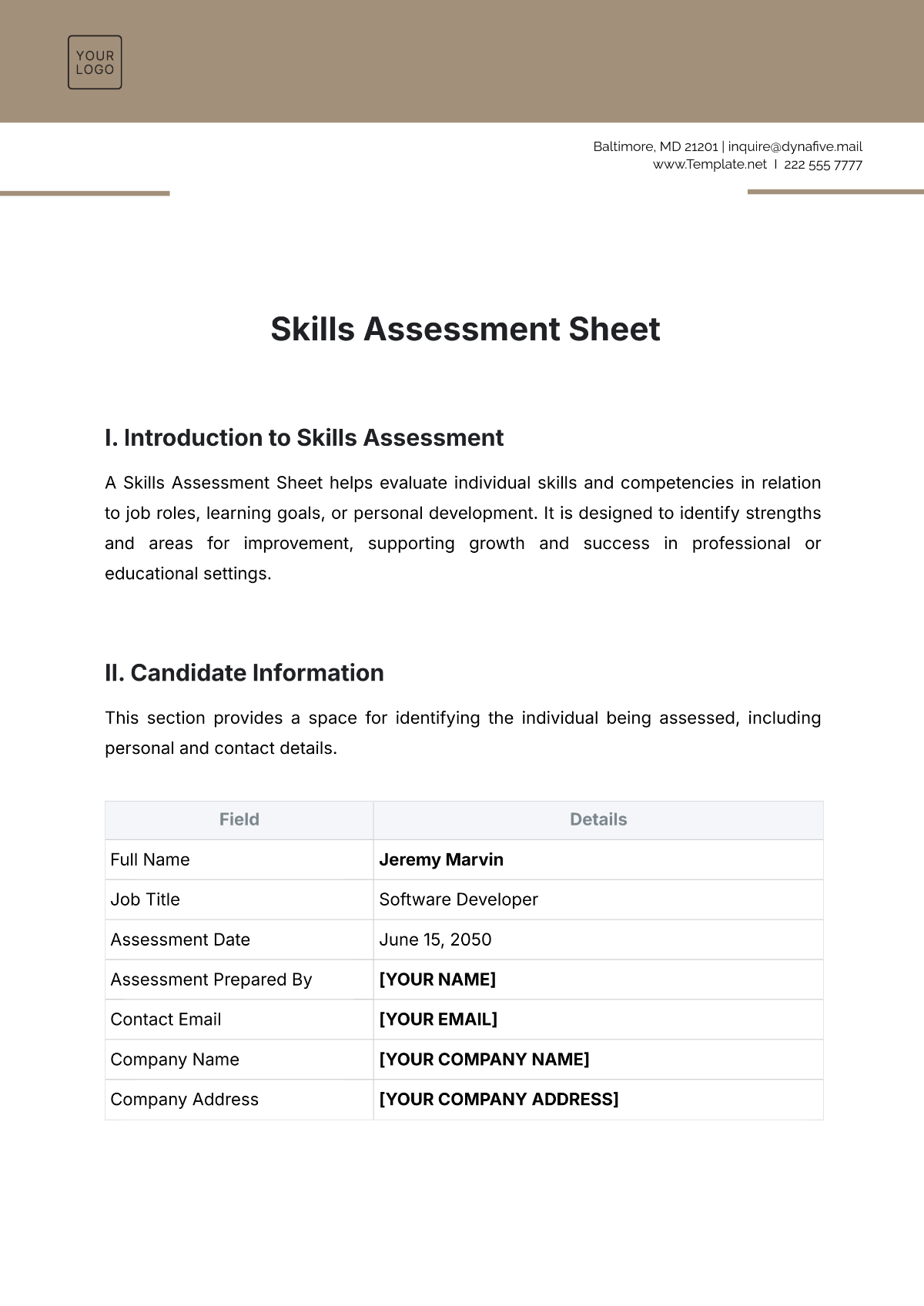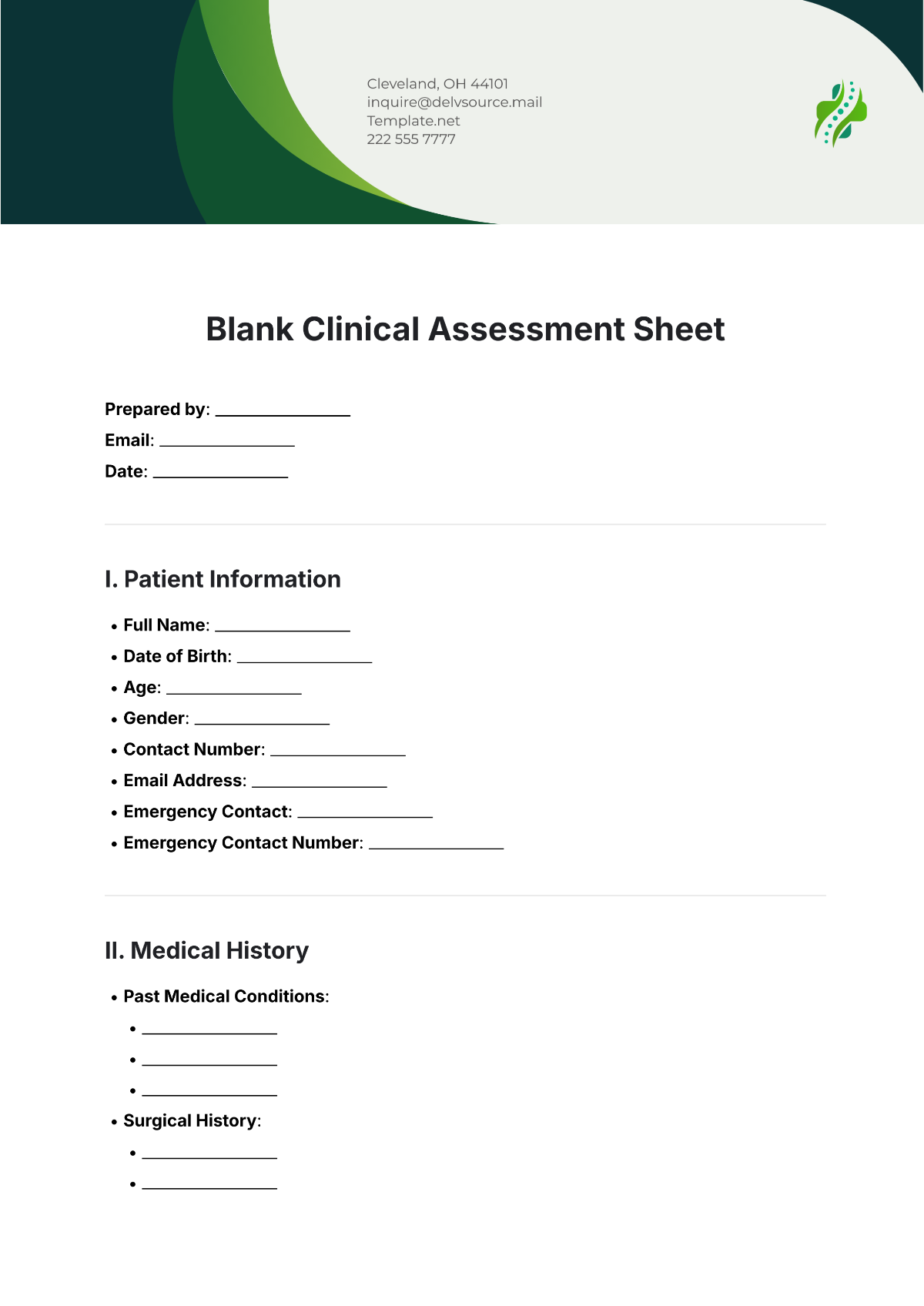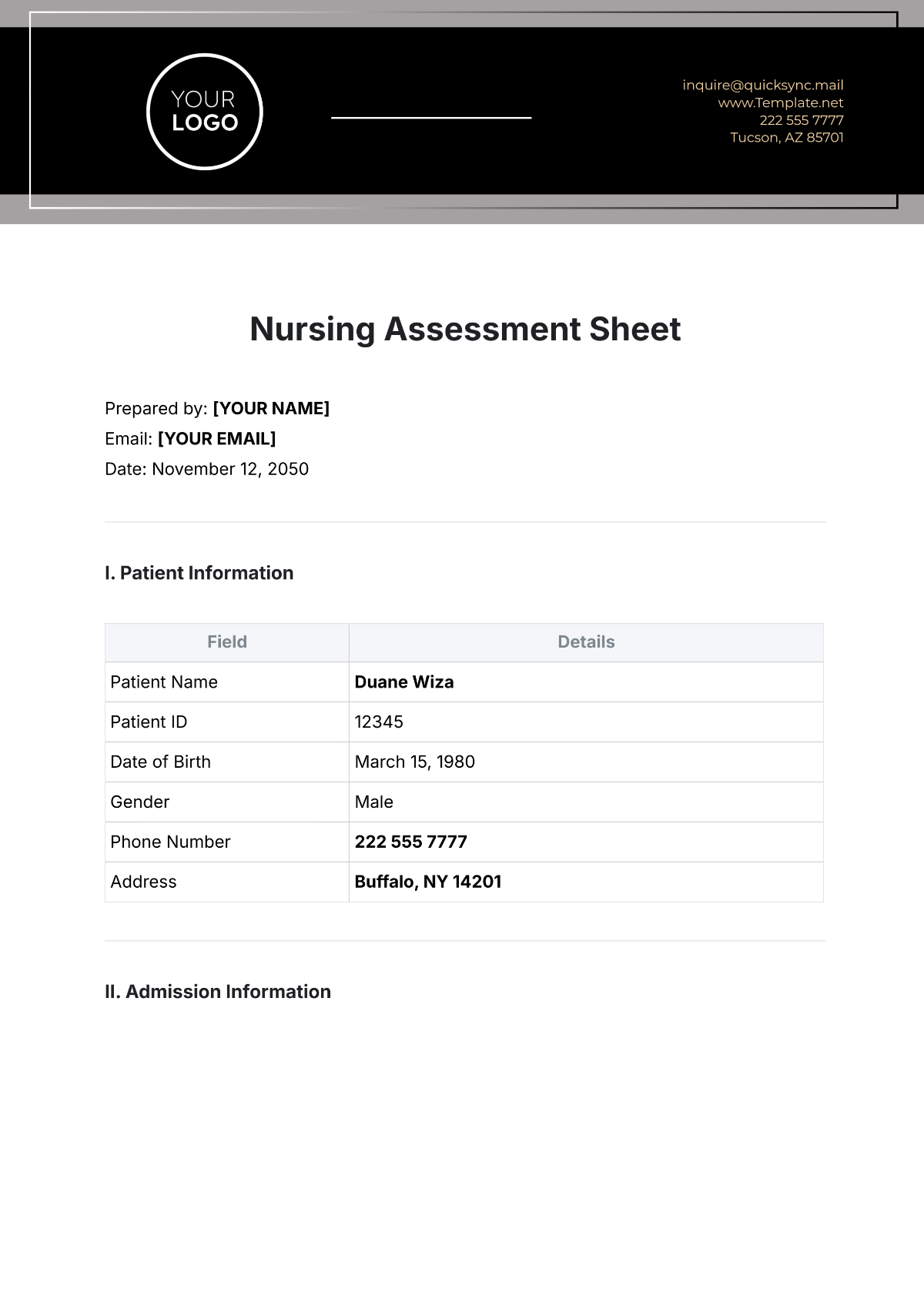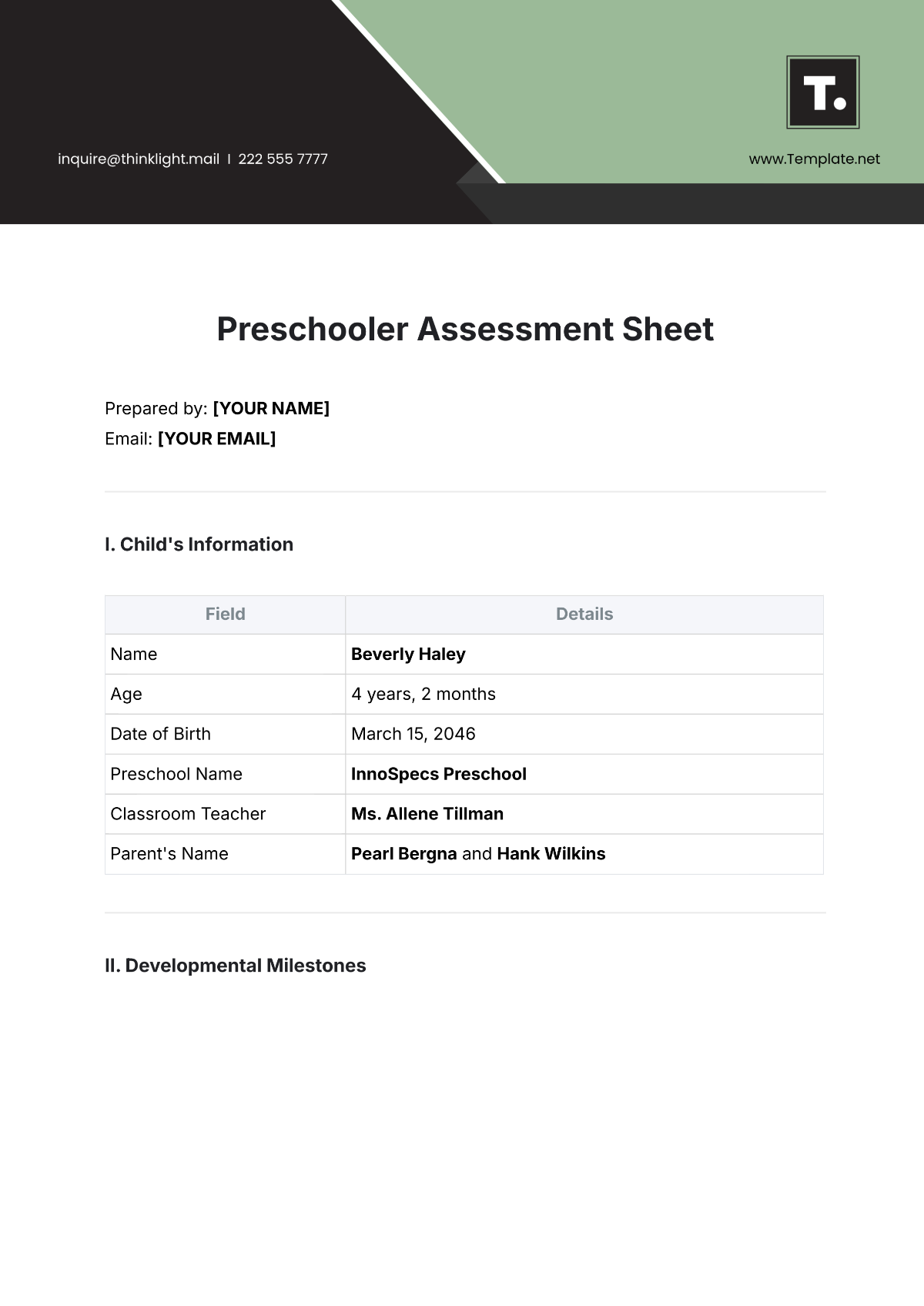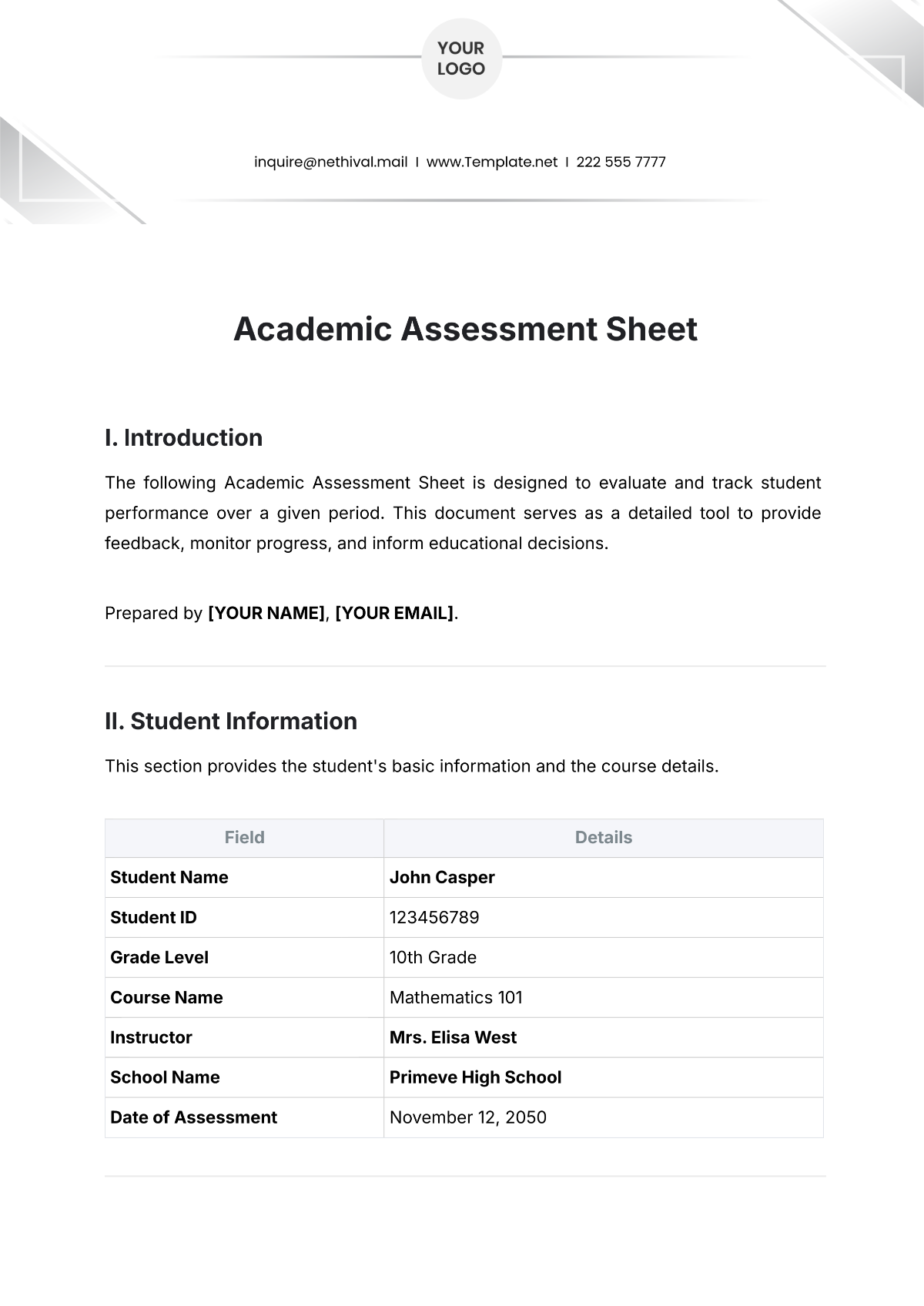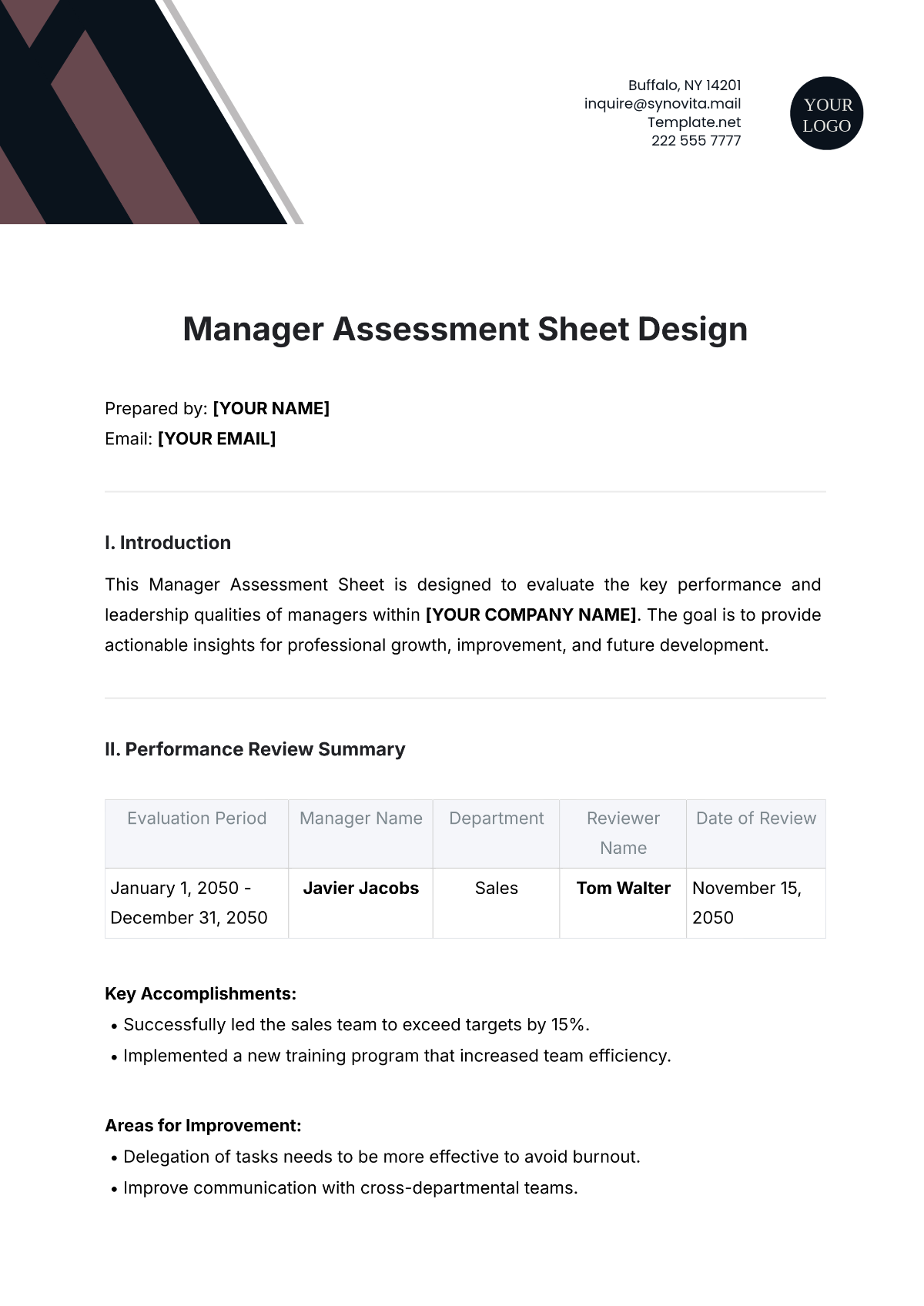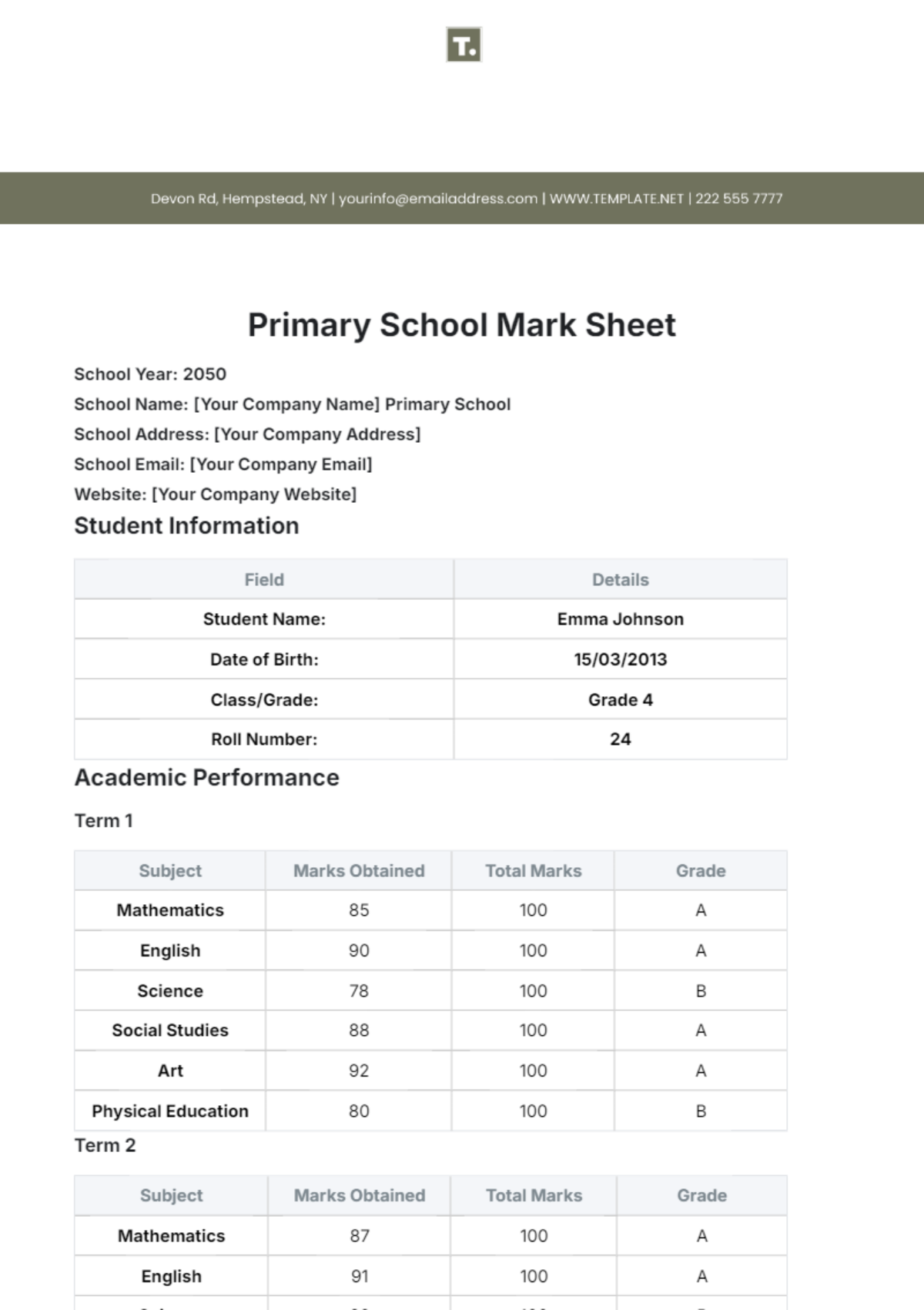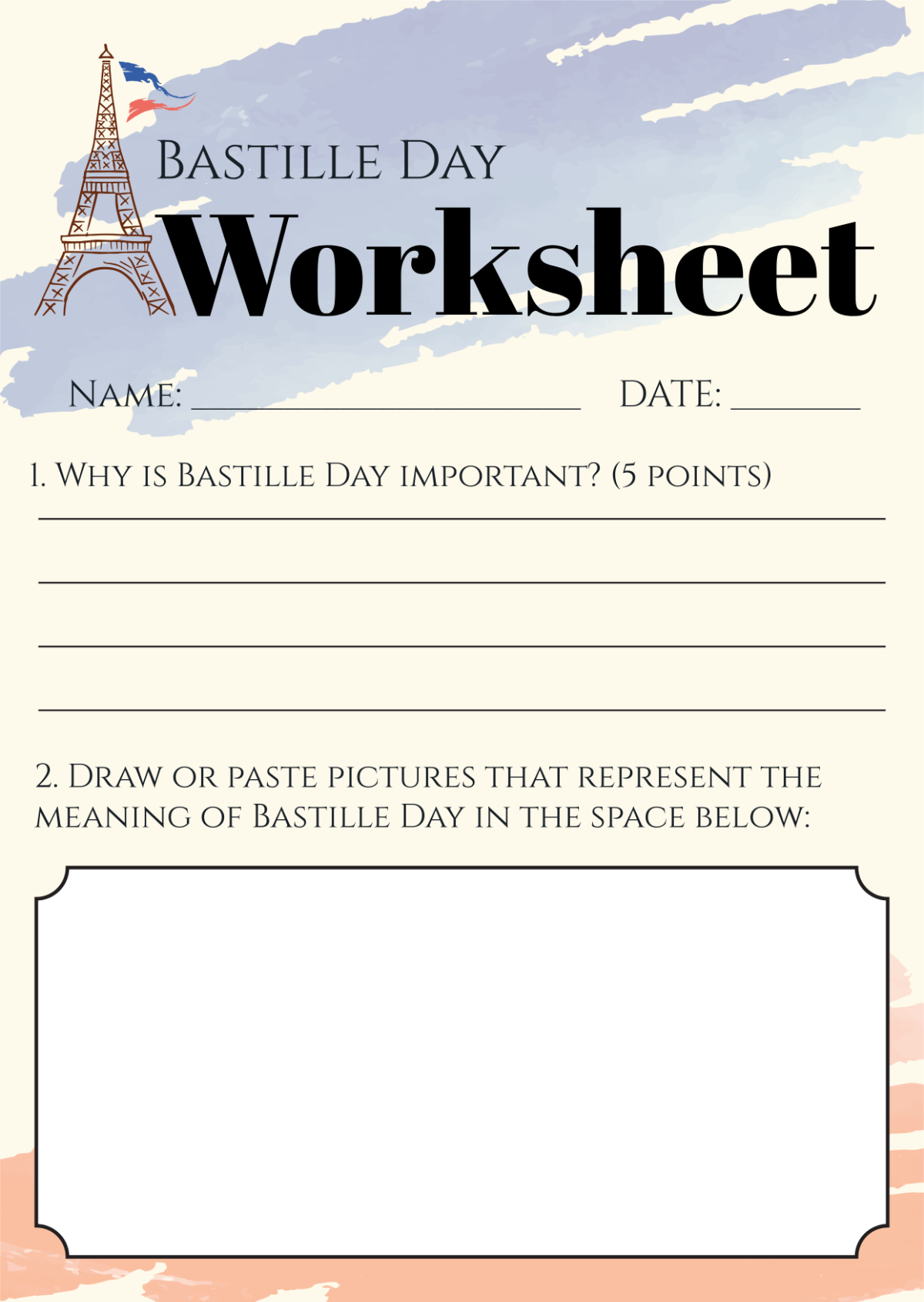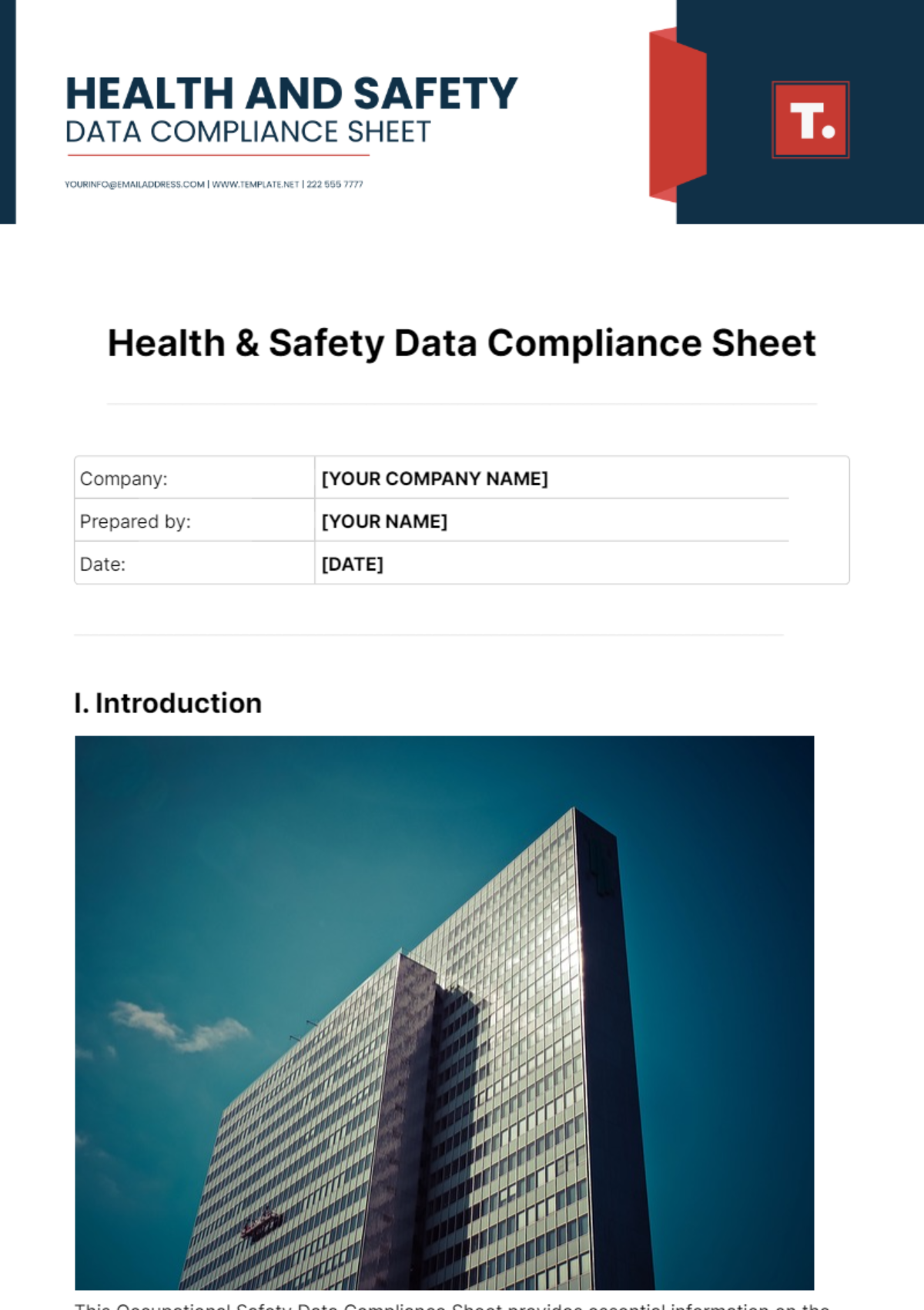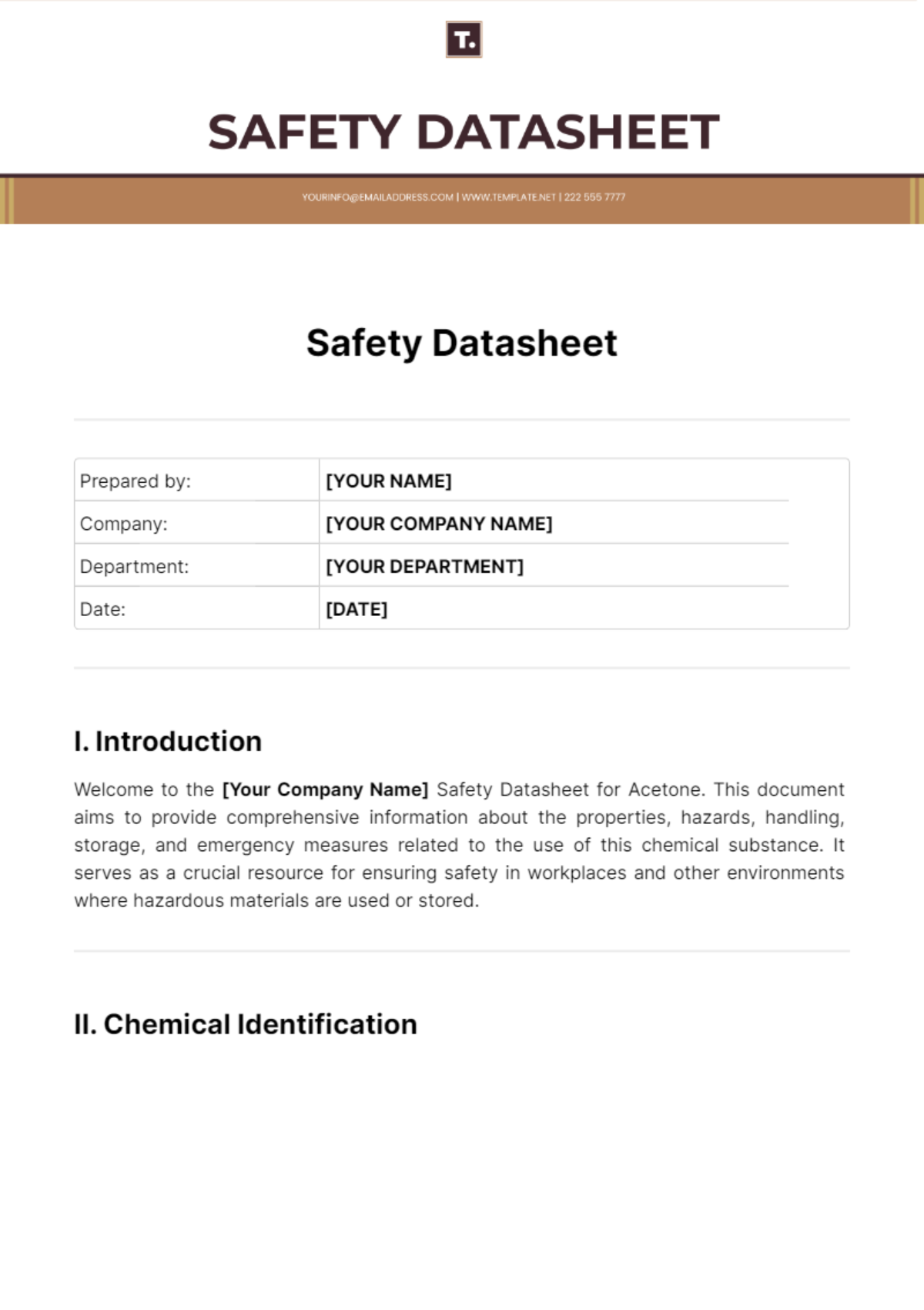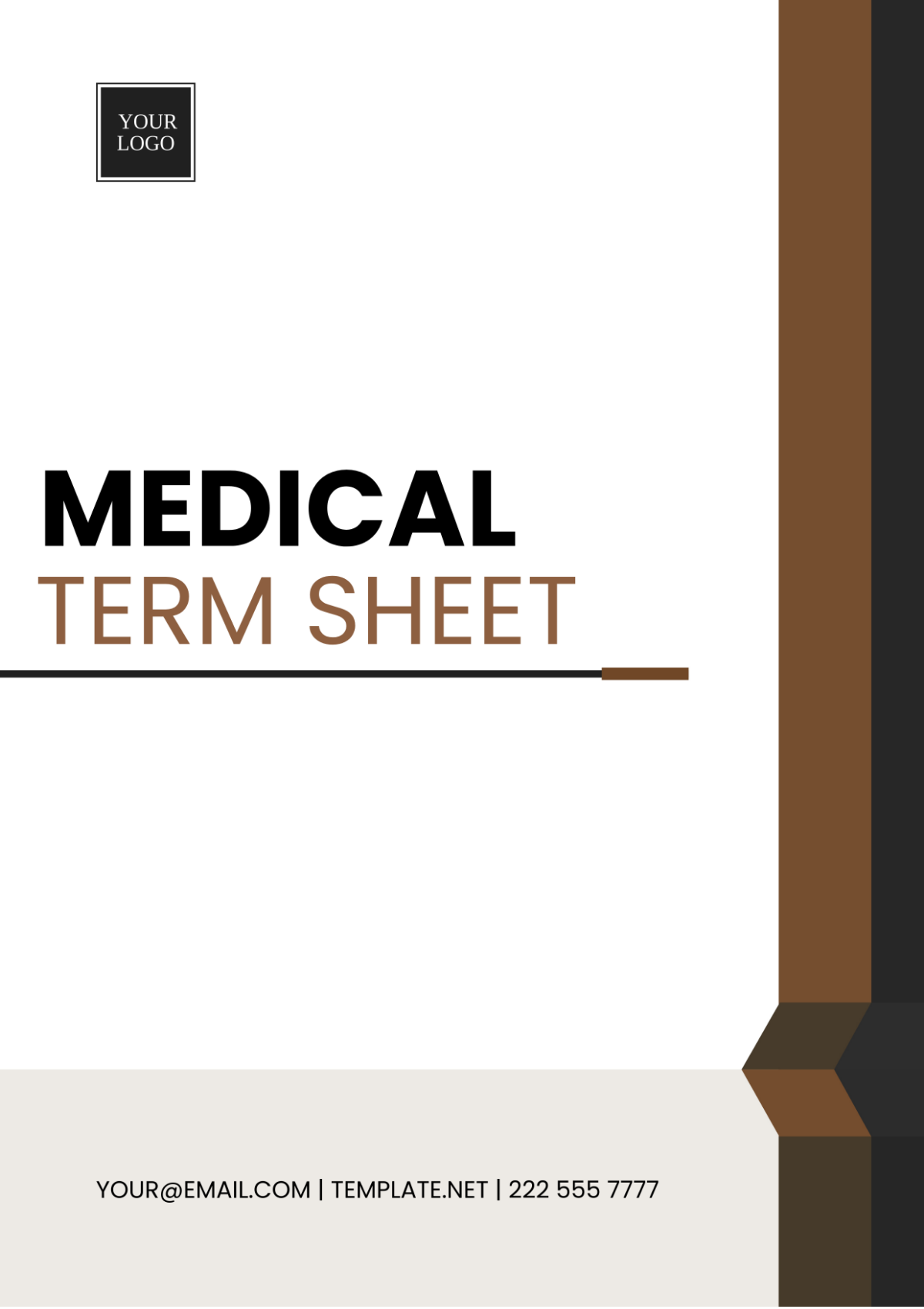SBAR Practice Sheet
Date: September 26, 2050
I. Situation
A 56-year-old male patient, Mr. Salvador Green, was admitted to [Your Company Name] with complaints of shortness of breath, chest tightness, and a persistent cough. His symptoms have worsened over the past 24 hours. The patient is now experiencing acute respiratory distress and requires urgent intervention.
II. Background
Mr. Green has a history of chronic obstructive pulmonary disease (COPD) and hypertension. He was admitted to [Your Company Name] two days ago with a known diagnosis of COPD exacerbation. He has been receiving oxygen therapy and corticosteroids. Despite the treatment, his condition has deteriorated, and his oxygen saturation levels have dropped to 85% on 4L of nasal cannula oxygen.
A brief overview of Mr. Green’s relevant medical history:
Condition | Duration | Current Treatment |
|---|---|---|
COPD | 10 years | Oxygen therapy, corticosteroids |
Hypertension | 15 years | ACE inhibitors, beta-blockers |
Former smoker | 25 years | Stopped 5 years ago |
The patient’s family was informed of his condition earlier today. They are aware of the current situation and have expressed concern about his worsening respiratory status.
III. Assessment
The patient is now in moderate respiratory distress. Upon examination, the following observations were noted:
Respiratory rate: 30 breaths per minute
Oxygen saturation: 85% on 4L O2 via nasal cannula
Heart rate: 110 beats per minute
Blood pressure: 150/90 mmHg
Lung sounds: Diminished breath sounds with crackles in both lower lobes
The patient is at risk for further deterioration and may require higher levels of oxygen or even mechanical ventilation if his condition continues to worsen.
IV. Recommendation
Immediate escalation of care is necessary. I recommend increasing the patient’s oxygen flow to 6L and closely monitoring his oxygen saturation levels. If no improvement is observed, it would be prudent to initiate non-invasive ventilation (NIV) to stabilize his condition. Additionally, consider a repeat chest X-ray to rule out any new developments such as pneumonia or pulmonary embolism.
I suggest that the pulmonology team be consulted to assess the patient and determine the need for more advanced respiratory support.
For further discussion and collaboration, please contact [Your Name] at [Your Email].
